4 Common Pitfalls That Doom Photography Businesses

photo byRidofranz via iStock
My first photography business went under. And I don’t say this to get sympathy, and I definitely don’t say this to prove myself an expert, but it happens to the best of us.
For beginners, it’s impossible to avoid all photography business mistakes. It’s what allows us to grow, and, in turn, help others to grow.
But, there are some major pitfalls of photography businesses you will need to avoid during your first few years in business.
Here’s a few you need to avoid...
Not Having Photography Insurance

photo byPattanaphong Khuankaew via iStock
You never think you’re going to need insurance until you do, and then it seems stupid that you never budgeted for it in the first place.
But, if you’ve gotten this far in life, then you know the importance of insurance, especially for your business. My rule of thumb is this: if I can’t afford to replace it out of pocket tomorrow, I need to have insurance for it.
But, there are a few different types of photography insurance you may never have thought of before. You don’t just need photography insurance for your camera gear, but for your events, yourself, and general liability.
It’s a lot to think about. Thankfully, Full Frame Insurance already thought of everything you might need.
Full Frame Insurance has the types of photography insurance you need, from event coverage for a few days to annual coverage year-round. Plus, you can add equipment coverage to your policy.
But the best part about Full Frame is that you don’t have to deal with pushy salespeople. That’s just not how they do things! In fact, you never actually have to talk to anyone at all because you can go on their website right now and pick exactly what you need to purchase coverage online.
Starting at just $59, there’s no reason for your photography business not to be insured!
Recommended Photography Business Books:
Getting Lazy

Photo by twinsfisch on Unsplash
Have you ever responded to a client just a few hours after reading an email and never heard back? In our digital world, clients expect incredible communication because for every minute you’re not responding, they’re searching for other photographers near them.
This same laziness can hurt you in multiple ways. As a business owner, you need to motivate yourself to do everything, from responding to emails in a timely fashion to going to that networking dinner after a 12-hour shoot.

photo byMartin Dimitrov via iStock
A personal pet peeve I’ve seen before is when a photographer takes a photo that could have been so much better if they just moved their feet.
Climbing on top of a table in the middle of a crowded mall may feel awkward, but striving to take the perfect photo every single time means you’re going to strive to run your business perfectly as well.
Learn More:
- How to Turn Your Photography Hobby Into a Career
- 5 Things to Research Before Starting a Photography Business
Not Taking Contracts Seriously
Jessica Kobeissi’s video on how she built her photography contracts is a much-watch because if you run a photography business and you’re using a photography contract template you found online after a 10-minute search, you’re losing money.
Photographers get paid in a few ways. Obviously, you get paid for your services. But, you also get paid for the licensing of your work. If you build a contract that doesn’t differentiate between the two then you’re missing out on licensing fees.

photo by AntonioGuillem via iStock
If you’re doing it correctly, it should take you at least a full business day to create the perfect contract for your photography business.
Sure, that’s a lot of work up front, but it’s better to devote the time at the outset to create rock-solid contracts than to do it willy-nilly and have to revise as you go.
Missing the Boat on Finances
It’s no secret that photographers are getting paid less than they used to. It’s an industry in the middle of a huge upheaval. But don’t let this prevent you from requesting what you’re worth.
The above video by CFO On Call is a must-watch for people building a photography business if you’re not a budgeting guru already.
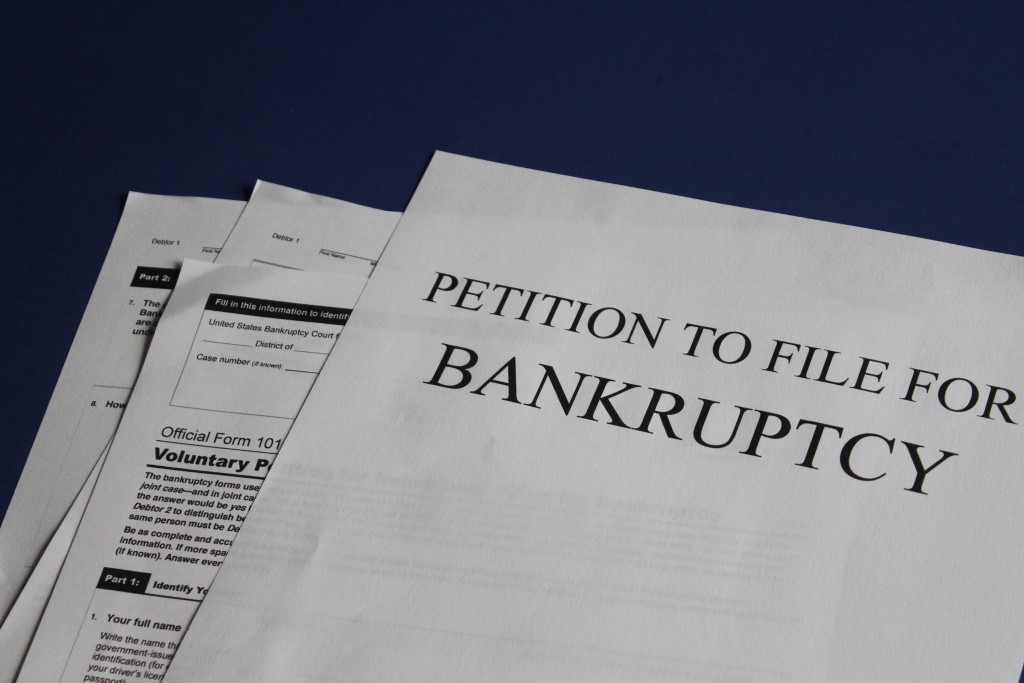
Photo by Melinda Gimpel on Unsplash
You need to be tracking every dollar that comes into and flows out of your business. You need to have short-term and long-term budgeting goals. You need to understand how to cope when clients aren’t coming in and you need to know where to spend additional dollars when you have a ton of work.
Don’t let something as simple as budgeting prevent your photography business from the growth its destined for!
Learn More:
Bonus Tip: Avoid Overspending on Gear
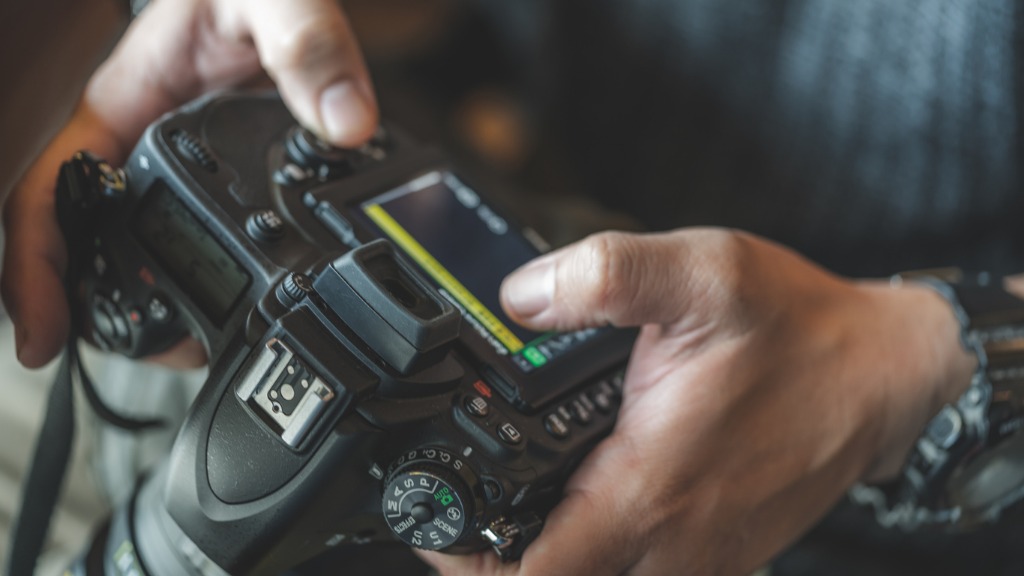
Photo by ArisSu via iStock
Though it's exciting to pick up a new camera and some new lenses and new lighting gear and so forth, all of that stuff can be extremely expensive.
You know the old saying, "house rich, cash poor," right? Well, the same principle applies to photography. You don't want to be gear rich and cash poor!
Sure, it would be fantastic to have a Sony a7R IV in your bag, but if your Sony a7R II is still getting the job done, why shell out the money for a newer model?
This is really the key to avoiding overspending - use the gear you have, and when it's time to upgrade, think about buying used.
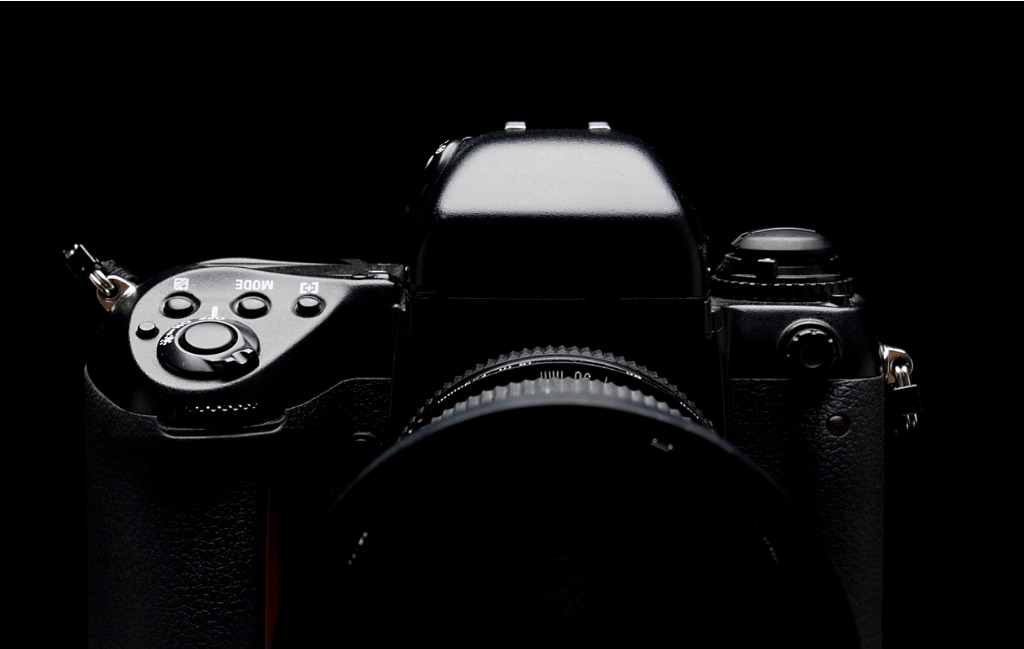
Photo by johnnychaos via iStock
I know there's tons of horror stories about people buying a used camera on eBay and ending up with a box of rocks or buying a used camera on Craigslist and finding out that the camera was stolen.
But if you avoid those places and shop used gear at a reputable retailer like MPB, all those worries can be cast aside.
MPB inspects everything and assigns it a grade, that way you know the exact condition the item is in before you buy.
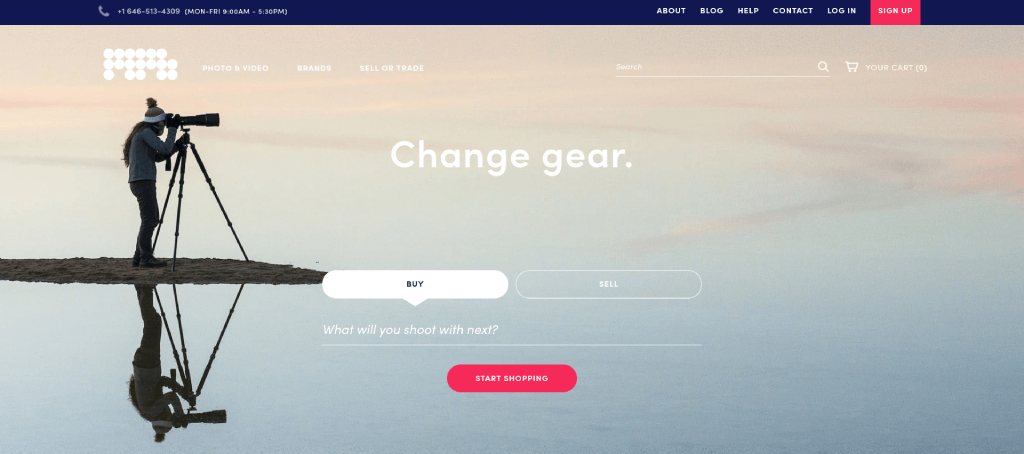
What's more, MPB offers a six-month warranty on most items, so you can rest assured that if something goes wrong, they've got your back.
Speaking of which, I've bought (and sold) numerous items on MPB over the years, and the customer service experience has always been top-notch.
Since photography gear can be so expensive, buying used gear can save you a ton of money, and buying from MPB can save you the heartache and stress of buying gear from an unknown source.
We Recommend
4 Things New Photography Business Owners Need to Do

photo byAleksandarNakic via iStock
There are approximately one million things you need to do as a new photography business owner. It’s a stressful and exciting time.
Most of these things are pretty straightforward. You need to establish an online presence, start networking, and file for an LLC.
But, there are a few photography business tips I see people constantly put off until their photography business is more established. Let me tell you why this is a mistake.
When your photography business is more established, you’re going to be busy… really busy (hopefully, anyway!). The last thing you’re going to want to do a year down the road is to be back at your computer Googling photography business tips.
So, save yourself the trouble and figure out how to start a photography business with no experience now. If you follow all of the photography business tips on this list, a year from now you’ll be out shooting for clients, not establishing your insurance.
Get Insured

photo by defun via iStock
I think anyone that has lived through their first few years of true adulthood understands the importance of insurance.
Things never go to plan, and they especially don’t go to plan when you can’t afford for them not to. When it rains it pours.
So, establish insurance for your photography business now.
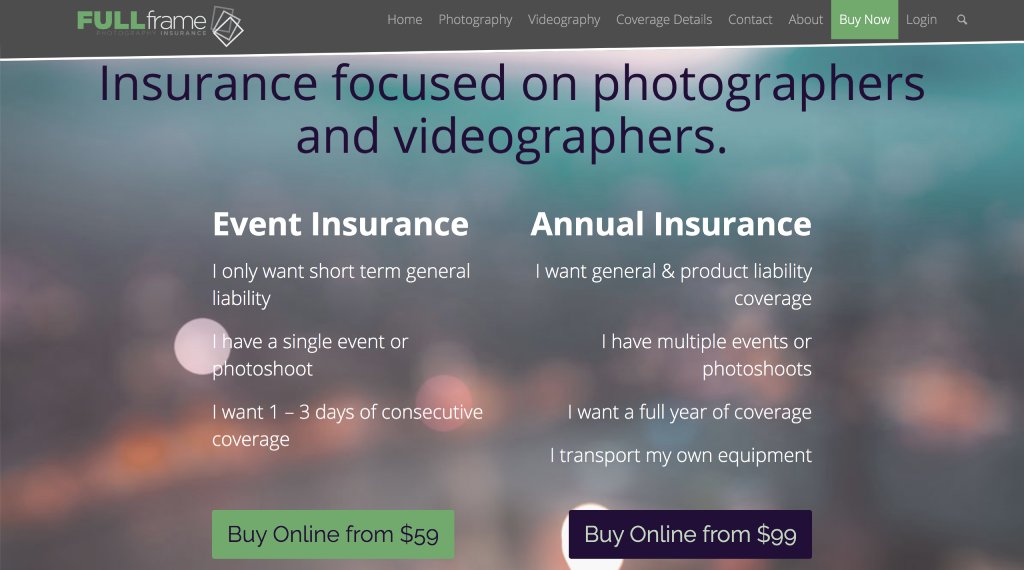
Full Frame Insurance has cost-effective plans for you as a new photography business owner. You have the option to insure your camera gear, but you can also include liability insurance and event coverage.
Plus, if you are looking to expand your photography business at some point, then you can easily add other covered people on your plan down the road.
I started using Full Frame because there wasn’t a quote process; I just looked through their prices on their website and immediately purchased what I needed.
But, I continue to use Full Frame because their prices are inexpensive, their customer service is quick to respond, and it’s great having peace of mind about my business!
Write Your Standard Contract

photo by AndreyPopov via iStock
As a new photography business owner, you may not be thinking about writing contracts just yet. After all, don’t you need clients to send contracts to? Shouldn’t you be worried about that first?
No. One of the best photography business tips I received as a newcomer was to outline exactly what I wanted my relationship with my clients to look like and to do so through the process of writing my first contract.
I still use a template based on this first ever contract today. It allowed me to establish the way I wanted my business to work, and it has also saved me a lot of nights where I would have been working instead of spending time with my family.
Taylor Jackson is a great resource for those learning how to start a photography business, and this video on contracts is especially useful.
Take these photography business tips to heart and sit down sooner rather than later to craft your first contract.
Learn More:
Start Your Mailing List

photo by cnythzl via iStock
This may sound really boring and tedious at first, but if you allow yourself to enjoy the process of figuring out who in your life would like to hear about your new business then it can be fun.
Starting a mailing list literally means getting the names and email addresses of people who like your work.
Togs in Business walks you through how to use a mailing list for your photography business.
Mailing lists are a great networking resource, and one that many new photography business owners forget about. You can send out deals, blog posts and random updates through your mailing list.
Plus, once you have a good sized mailing list, you’ll start getting a lot of business out of it.
Start a Blog
I use Wordpress for my photography business because it’s simple for beginners. This video by Wordpress Tutorials shows you how simple it can be.
Photography blogs allow you to reach a wider audience than just your close network of friends and family. In fact, you may even start hearing from people in different states.

photo by anyaberkut via iStock
One of my favorite photographers is Jen Dz, an adventure wedding photographer. Jen uses her blog to reach audiences all around the world, so although she is based in Colorado, she frequently flies to Iceland and beyond all thanks to her incredible marketing strategies.
The most important thing to remember about blogging as a photographer is to be as genuine as possible. People can tell if you’re not being yourself!
And that’s what it’s all about when you go into business. Be yourself. Plan ahead. Work hard. If you can do these things, success will be a much more likely scenario.
Learn More:
- Getting a Grasp on Your Camera Gear Insurance
- Navigating the World of Photography Insurance with Full Frame
We Recommend
Best Photography Insurance Companies of 2019/2020
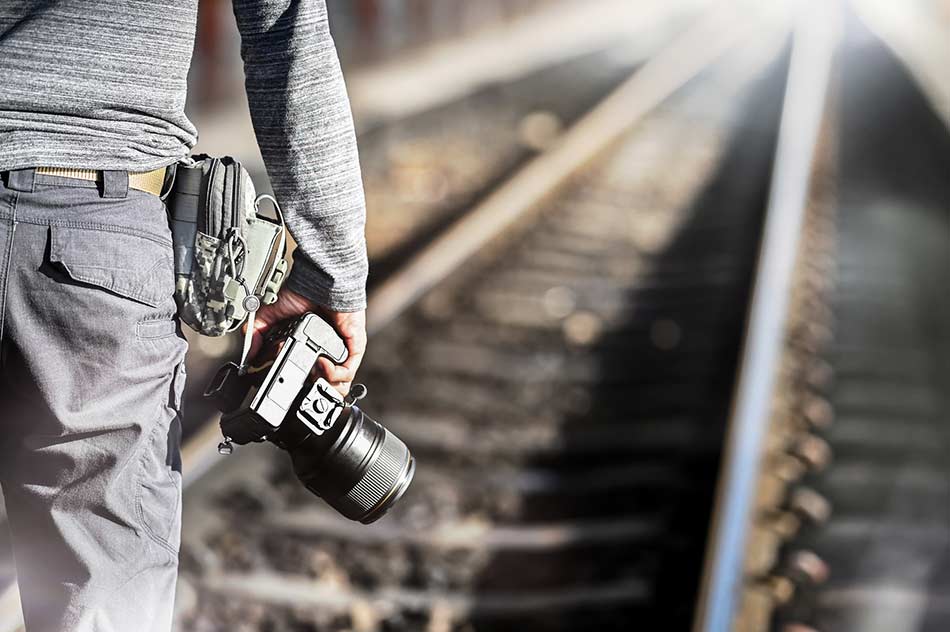
photo byPrathanChorruangsak via iStock
Though buying photography insurance might not be as exciting as buying a new camera or a new lens, it’s nonetheless a critical component of building a successful photography business.
Lost or damaged gear, a break-in at your studio, fires and floods, or lawsuits from clients can easily derail your business for the short-term, if not for the long-term. The financial consequences could prove to be disastrous, so much so that your doors remain permanently closed.
But with the right photography insurance coverage, you can account for unexpected events and calamities, and often do so quickly and easily online.
And, if you work with one of our picks for the best photography insurance companies, you can find coverage at a price you can afford!
Table of Contents
- Full Frame Insurance
- Package Choice Insurance
- Athos Insurance Services
- Next Insurance
- National Photographer’s Insurance
Best Photography Insurance Companies: Full Frame Insurance

What people love about Full Frame Insurance is that they offer flexible options to meet your specific photography insurance needs.
Let’s say you just need short-term insurance to cover your first event or photoshoot. In that case, Full Frame Insurance has you covered with short-term general liability insurance that gives you one to three days of consecutive coverage, starting at just $59.
That’s a small price to pay to have photography insurance while you get your first gig under your belt!

photo by sukanya sitthikongsak via iStock
But if you’re a seasoned pro with more robust insurance needs, Full Frame Insurance offers annual policies as well. These annual policies are ideal for photographers that need general liability coverage alongside their product liability coverage.
Either way, you can configure the short-term or annual coverage you need to match your specific situation. You can also add equipment insurance if needed, that way your expensive photography gear is covered too—it doesn’t matter if you’re at home, abroad, or in transit.
No matter what kind of coverage you select, Full Frame offers an instant online quote with an option to purchase right there and then. You get instant coverage that is not location-specific, 24/7 access to policy documents, a downloadable certificate of insurance, and no deductible on liability claims.

photo by simonkr via iStock
Full Frame Insurance understands the kinds of exposures that exist for small business owners, which is why they offer protection from third-party liability claims like property damage or bodily injury. Their policies may also help address third-party medical claims or legal fees that arise from covered claims.
Full Frame also offers specialized wedding photography insurance. With this policy, you can address the potential for liability as you photograph hundreds of people in multiple locations over the course of a demanding day.
Of course, affordability is a concern, and Full Frame Insurance understands that. As a result, their policy has customizable options that ensure you don’t overpay for the coverage you need. It’s that kind of dedication to the customer that got Full Frame Insurance on our list of the Best Photography Companies of 2019 & 2020!
Learn more about Full Frame Insurance
Best Photography Insurance Companies: Package Choice Insurance

photo by demaerre via iStock
If you’re looking for comprehensive coverage for your photography business, Package Choice Insurance is definitely worth a look.
For starters, they offer a camera insurance policy that covers your gear whether it’s in your possession, on location, or in transit from Point A to Point B. For photographers that are constantly on the road, that’s the kind of peace of mind you want!
Furthermore, their camera insurance policy protects your gear wherever it might be damaged in the United States or Canada. The policy also covers theft and lost gear, and international coverage can be added to protect you when you’re abroad.
This coverage is paid at replacement cost as well. That means that gear that’s stolen or damaged is replaced at today’s value, not what you paid for it two or three years ago. Likewise, Package Choice usually includes a modest limit of rented equipment insurance so you don’t have to pay the full price to rent the gear you need while yours is being replaced.

photo by yipengge via iStock
If your gear is damaged and ends up in the repair shop for weeks on end, Package Choice will often reimburse you for the cost of renting substitute gear. This is typically an automatic inclusion in the policy, but it’s important to consult with a Package Choice insurance expert to get the specifics.
You can also get Errors & Omissions insurance, which is specifically designed to protect you in the event you’re sued by a client. Whether you or one of your employees is accused of wrongdoing or negligence, this policy will cover your legal fees and pay damages to the plaintiff should they be awarded a monetary sum.
The other benefit of getting your insurance from Package Choice is the price.

photo by skynesher via iStock
The folks at Package Choice understand that starting and maintaining a successful business takes a lot of hard work, dedication, and money, so their policies are designed to be affordable. Heck, they even have multiple payment plans available to help you meet your insurance needs without breaking the bank.
Package Choice has underwriting from insurance companies like CNA, Travelers Insurance, and The Hartford, so there is a vast breadth and depth of experience, knowledge, and stability on which you can rely. All you have to do to get started is to fill out a short online application, and you’ll get a free, no-obligation quote soon thereafter!
With policies for computers and electronic devices, business personal property, general liability, and various other coverages, Package Choice has all your bases covered so you can concentrate on growing your business without worry of what will happen if disaster strikes.
Learn more about Package Choice Photography Insurance
Best Photography Insurance Companies: Athos Insurance Services

Athos Insurance Services makes our list of the best photography insurance companies of 2019/2020 due in large part to the wide range of coverages they offer.
Regarding your gear, you can get coverage for all sorts of maladies, from flood and fire damage to water and smoke damage to wind, hail, and lightning damage. Natural disasters, acts of terrorism, falling objects, theft, and accidental damages are also covered!
What’s more, Athos Insurance Services will cover your gear for damage during transit or shipping, and they offer an Inland Marine (equipment floater) policy too! All of this coverage is worldwide in scope, so no matter if you’re at home, across town, or around the globe, your gear is protected.

photo by undefined undefined via iStock
Add to that policies for short-term rented equipment, annual production equipment, and annual photography equipment, and you have coverage for all sorts of gear-related scenarios you might encounter.
And getting all these coverages is easy, too. Just hop online, fill out a form, and get a fast online quote in a snap. You can even purchase your coverage online and customize it to your needs 24 hours a day, seven days a week.
Perhaps best of all, Athos Insurance Services has five-star customer service, which is a big deal when you’re shopping for insurance.
Instead of feeling like just one of many clients, Athos Insurance Services ensures that you feel like you’re their top priority. If you have questions or concerns, they’ll work hard to ensure that you have all the details you need to make an informed decision that’s right for your particular needs.
Learn more about Athos Insurance Services
Best Photography Insurance Companies: Next Insurance

One of the primary reasons why Next Insurance makes this list is because they have made it so simple for photographers to get the coverage they need.
Not only can you get the policy you want online, but you can also get live certificates of insurance and file claims on your schedule online 24/7. Talk about convenient!
Next Insurance has also made sure that their plans are affordable for any photographer. Their plans start at just $21 per month, which is a small price to pay for complete peace of mind.

photo by Delmaine Donson via iStock
The plans offered by Next Insurance include general liability insurance with at least $500,000 occurrence limits and $500,000 aggregate limits - with a $0 deductible. Other plans increase those limits to as much as $1,000,000 per occurrence and $2,000,000 aggregate, again, with a $0 deductible.
General liability insurance from Next Insurance is vital because it protects you in case a client suffers an injury that’s your fault or you accidentally damage a client’s property. You already have enough to worry about - you don't need to worry about being sued too!

photo by scyther5 via iStock
You can also get coverage against advertising claims. For example, if you have permission from a client to use their photos as part of your marketing, but they don’t like the photo you selected to use and they sue you, you’re covered!
Soon, Next Insurance will also have photography equipment protection as well.
Easy-to-get coverage, great prices, and the policies you need...what more could you want?!
Learn more about Next Insurance
Best Photography Insurance Companies: National Photographer’s Insurance

Yet another excellent choice for your photography insurance needs is National Photographer’s Insurance.
As you might surmise from their name, National Photographer’s Insurance specializes in meeting the insurance needs of photographers. That means they have the industry know-how that helps them understand exactly what the best policies and coverages are for photographers like you.
As a result, they have one of the most comprehensive collections of policies around…
That includes general liability coverage that offers protection from lawsuits, like a client that’s injured in your studio. Likewise, you can get business personal property coverage that protects you in the event that there’s a break-in at your office and someone absconds with your photography gear.

photo by choochart choochaikupt via iStock
You can add a policy for equipment coverage to protect against loss from damaged gear as well as a professional liability policy that covers any professional errors, omissions, or neglect on your part.
There’s even business income and extra expense coverage to help you get through up to 12 months of lost income as a result of flooding, fire, or another covered loss that forces you to close up shop for an extended period of time.
With more than 80 years in the business, National Photographer’s Insurance knows what you need, which is why they have such comprehensive coverage offerings. Their proven track record of excellent customer service and professionalism make them an excellent choice for your photography insurance needs.
Learn more about National Photographer's Insurance
We Recommend
Do I Really Need Photography Insurance?
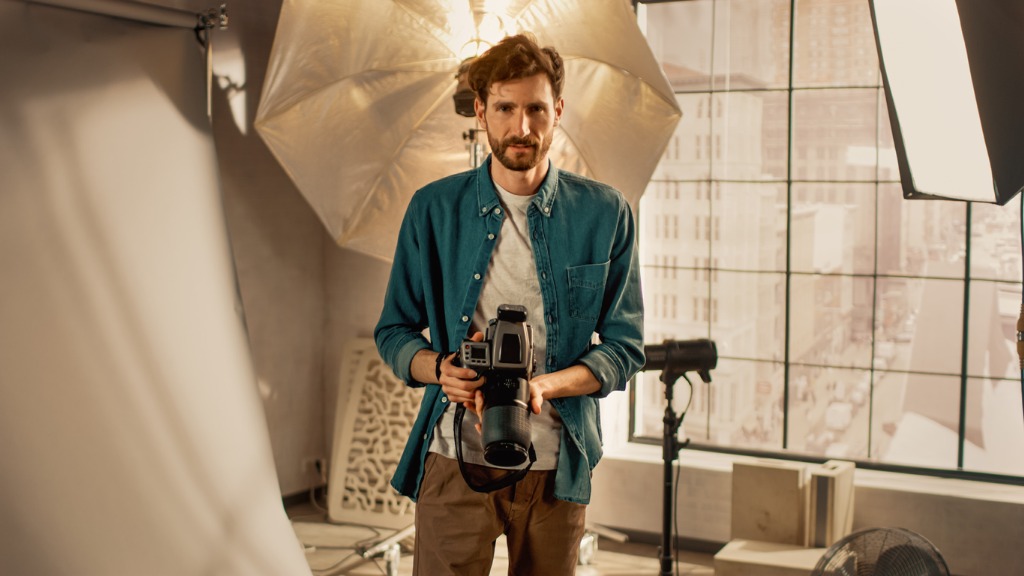
photo by gorodenkoff via iStock
Do you need photography insurance? Many photographers end up being asked to photograph something for some sort of compensation. The compensation is usually money, but there many types of compensation offered to photographers, especially beginning photographers.
After a while, most beginners figure out that the most proper compensation is usually going to be money, not exposure or discounts or other trades. Discounts and trades can be worthwhile in some circumstances, but exposure rarely is. That’s my Beginner Photographer PSA for this week!
Yes - You Need Photography Insurance If You Get Paid

photo byielanum via iStock
Anyways, if you accept a job for payment, you are now entered into a special business relationship. The relationship is between you as a provider and the other person as a client. To protect yourself, you need photography insurance.
Recommended Photography Business Reading:
Homeowners or Renters Insurance Won’t Cover You

photo by sl-f via iStock
Before accepting any work for their photography, a photographer’s equipment could have been covered by their homeowner’s or renter’s policies. Be sure to check directly with your agent, though, as some policies are more limited in what they cover.
But once you cross the compensation threshold, all bets are off. Even something as basic and normally covered such as having your camera stolen from your car won’t be covered by your car insurance if you were on an outing involving photography for payment.
Seriously, the insurance companies base premiums and coverage based on many factors, and what you’re doing with your camera is just one of those considerations. You will need to look at a photography insurance policy that works with your new situation.
Types Of Photography Insurance

photo by fauxels
It’s more than camera loss due to theft or accident that needs to be taken care of. But loss of equipment is one of the important things to protect against. Unlike a renters policy, a photographic policy can offer protection from your own clumsiness in addition to theft.
If you trip and drop your camera, breaking the lens… some photography insurance policies will even take care of you for that. It gives you peace of mind, let me tell you!
The basic types of photography insurance include equipment loss, but also needed is liability and errors and omissions types of protection.
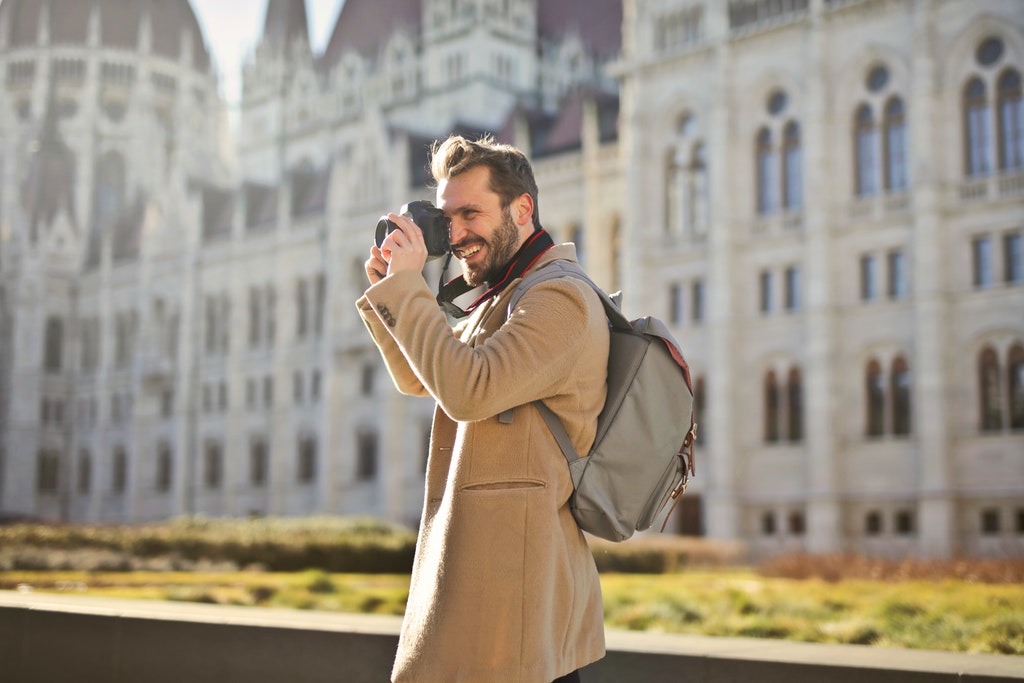
Photo by Andrea Piacquadio from Pexels
Liability insurance is what protects you from being sued because of something bad happening that may or may not be your fault. The bad things could be related to your work, though, so you should seriously consider liability coverage. Bad things could include breaking an antique chair while shooting on someone’s property or someone tripping over your tripod and busting a tooth.
Errors and omissions is what protects you from increased damages beyond losing your payment due to not being able to fulfill whatever contract you had with the client. In film days, this would have included the lab ruining your exposed film rolls. Now it might also include digital card failure or faulty autofocus. Some companies may call it by other names.
Learn More:
Cost of Photography Insurance

photo by eternalcreative via iStock
As seen above, if you don’t have some type of photography insurance, the cost to you can be very high indeed for certain risks involved in working as a photographer. Who wants to get sued for medical expenses or for fixing something very pricy?
The end result of awarded lawsuit damages could include losing your new business all the way up to personal bankruptcy. But, you still want a manageable cost to maximize your profits from the business. That’s where a firm specializing in photography insurance can become your best choice.
How to Get Photography Insurance

Photo by picjumbo.com from Pexels
Insurance providers that specialize in photography insurance make it easy to get the coverage and protection you need
Some of them are online, so you don’t even need to talk to an insurance “salesman,” which is often a source of people’s reluctance to look into insurance.
One of the better photography insurance companies is Full Frame Insurance. They have an easy-to-use website where you can get a quote. You are able to purchase the insurance completely online without having to speak to one of those horrible insurance agents! (I kid, these agents are easy to deal with.)
Getting Photography Insurance is Important and Simple To Do
Here’s how simple it can be to get yourself protected by photography insurance. Go to the Full Frame website, use one of the dropdown menus to look for your particular need. Click a couple of more times, fill out the online forms, and submit payment. Before you know it, you have photography insurance.
Trust me, you should get proper coverage if you are engaging in any endeavor for profit. Photography insurance protects you, your equipment, your business, and your clients. This protection from excess risk gives real peace of mind for working photographers.
Learn More:
- Navigating The World Of Photography Insurance With Full Frame
- How To Turn Your Photography Hobby Into A Career
We Recommend
Every Photographer’s Top 10 Pet Peeves

photo by SIphotography via iStock
How many times have you rolled your eyes at something someone said about your job? Are you tired of assumptions and comments from non-photographers who think they know more than you do?
It’s absolutely aggravating to hear things from people who simply don’t understand. But guess what? We get it!
And we want to lament together.
Full Frame Photographer Insurance is here with a list of 10 things every photographer hates dealing with. From tiny annoyances to pretty cutting comments, we understand the pain. Have one we didn’t include? Comment below to tell us!
- How much do you charge? Could you maybe give us a 75% off discount? It’s not like it’s that hard, right?”
- Ah yes, the person who thinks being a photographer means you just press a button and have amazing images from the get-go. What’s worse is they don’t even care about compensating you or want to pay what you’re worth.
- “We can’t really afford to pay you, but this would be so great for exposure! You could be our exclusive photographer!”
- What’s worse than someone who wants a discount? Someone who wants you to work for free!
- “Do you think you could send us the raw files? I want to put the photos through my VSCO filters before I post them.”
- Do they even know how wrong this is?
- “That’s a really nice photo, you probably have a super nice camera!”
- … That I know how to use.
- “Incredible photo! You got really lucky with that shot.”
- This is demeaning. No one understands everything that went into getting the photo.
- “Oh, sorry we can’t pay you this week, can we get that to you in like a month?”
- I mean, sometimes this can fly, but we’d really appreciate being paid on time. We’ve got our own finances to figure out!
- “You can fix that in Photoshop, right?”
- Do customers not know that Photoshop isn’t a catch-all?
- When someone who is part of the group being photographed decides to give you pointers… or worse, when someone who simply in attendance to an event you’re working tries to give you tips.
- *groan* Aren’t we the ones who are supposed to call the shots here?
- When you’re at an event and people are shoving their phones in front of your camera, trying to get the same shot.
- Forgive us if we’re mistaken, but weren’t we hired for a reason?
- When someone shares a photo you took and they don’t credit you as the photographer.
- You worked so hard on that shoot and now they’re gushing over photos without even saying who took them. Comment with a, “I loved photographing your family!” Help them remember who helped get those gorgeous pictures.
We hope you’re all still composed. It’s hard dealing with individuals who don’t see the value in what you do for a living and it’s even harder to swallow your pride when you want to so badly make them understand.
Keep pushing on! Despite the cons, photography is so fulfilling and when you’re passionate about what you do, it doesn’t even feel like work.
Plus, with Full Frame Insurance, you can rest easy knowing you’ve got the right insurance in place to help protect your business in the case of a lawsuit. To learn more about their coverage options visit their site and see all they have to offer.
We Recommend
First-Time Photo Shoot Tips Every Beginner Should Know

Photo by vorDa via iStock
So, you finally booked your first legitimate photo shoot, that’s great! You’ve probably been using your camera as a hobbyist for a while now, playing around with settings, and editing your shots for fun and to learn. You’ve probably fallen down multiple photography-tips rabbit holes and likely have a few more to find yourself down.
To help you better prepare, we put together 10 pieces of advice for a beginner photographer’s very first photo shoot. So this is for you! Plus, we’ll fill you in on how you can protect your budding photography business with photography insurance from Full Frame Insurance.
Let’s dive in!
Tip #1: Practice, Practice, Practice
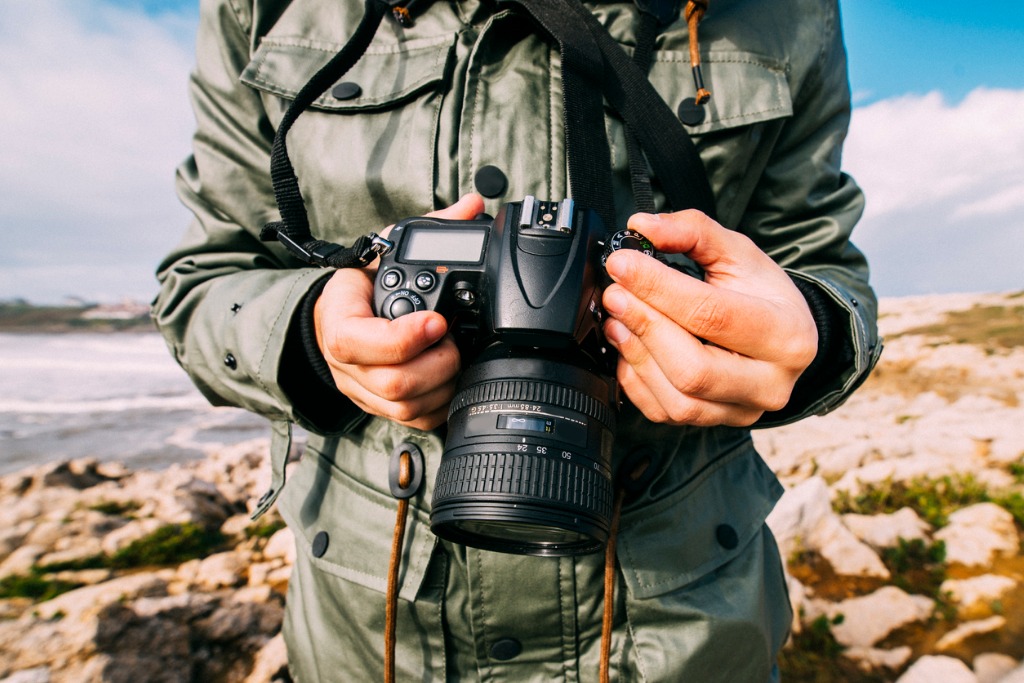
Photo by MarioGuti via iStock
Here’s the most common piece of advice you’ll hear: never stop taking photos! Hopefully, you carry that camera with you wherever you go. The best way you can prepare for your first photo shoot is by practicing anywhere and everywhere.
Taking photos of the things that catch your eye will give you a solid representation of your vision and your aesthetic, making it even easier to figure out what you need to finetune before charging clients for your work.
Plus, as you capture different shots, you’ll be forced to get to know your camera’s settings and filters, making it so you have to learn how to use them properly. That’s the greatest practice you could ask for.
Tip #2: Carry All The Gear You’ll Need
No one likes being stuck up the creek without a paddle nor do you want to look like an amatuer. Have you ever been taking photos only to have to stop due to the godforsaken, “Memory Full!” glaring back at you? I know we’ve all been there.
At your first photo shoot, be sure to have every piece of equipment you might need with you. This might include extra lenses, memory cards, reflectors, and a clipboard.
Make sure the bag you have is also big enough to hold your gear so you aren’t running around the studio you’ve rented or back and forth from your car to your clients.
Tip #3: Make a Shot List
Making a list of the pictures you know for a fact you’d like to get (i.e., parents, just siblings, mom and daughters, father and sons, etc.) will make your photo shoot go smooth as butter.
And, by having a shot list, you won’t be left wondering whether you’ve gotten all the pictures you wanted to snap. You can make a physical list and keep it attached to a clipboard, or you can use your smartphone to create a list of all the shots.
Learn More:
Tip #4: Sketch Ideal Shots
Don’t be afraid to outline a specific shot you’ve got in mind in order to make your idea clearer for your client. If stick figures will help clarify where you’d like people placed or where you’d like to have specific props, then, by all means, doodle them out!
You’d only be helping yourself, and if you happen to have an assistant or are working with other photographers, then you make it possible for them to understand what you’re trying to do. This might be a simple gesture, but it will help build credibility with your clientele.
Tip #5: Find The Vision

Photo by AndreyPopov via iStock
What is your vision for this photo shoot? Or if someone else has commissioned the shoot, what are they envisioning?
Try to be clear on this since when you’ve finished editing your images, you’ll want the same overall aesthetic and vibe from the collection you’ve put together.
You can also take some time to research photographers who have done shoots in similar tones or settings to get some pointers for what you hope the end result to look like.
Tip #6: Practice Your Edits
Being able to take photos properly is only half the job of a professional photographer, the other half (we’d argue it’s a lot more than half) is all in the editing.
As you practice editing and take on more clients, you’ll figure out your own style and eventually make it a signature part of your services.
Tip #7: Redo Your Settings
Don’t be scared to play around with your settings during the actual photo shoot! Sometimes, when you get people in front of the camera, skin tones and clothing change the way things look. You can always adjust photos during editing, but if something doesn’t look right to you in the moment, then feel free to tweak things!
Tip #8: Take Too Many Shots
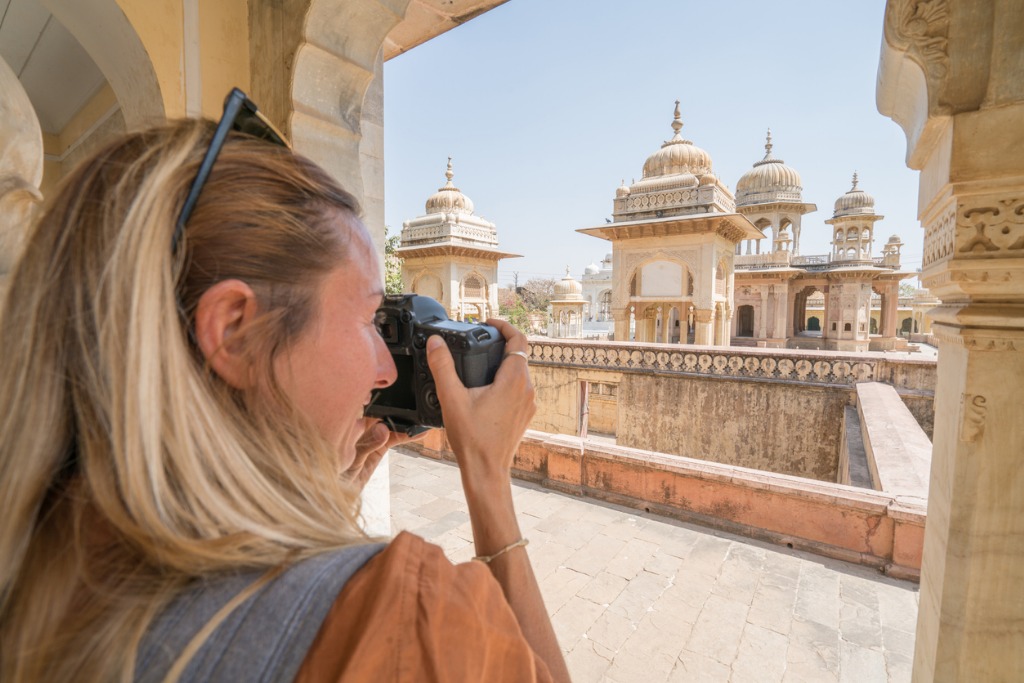
Photo by swissmediavision via iStock
Take all the pictures you want! Don’t be afraid to snap too many pictures. In the end, you get to choose which ones you edit and keep until the end. It doesn’t hurt to have too many options.
Tip #9: Know Your Location
Be sure you’re familiar with where you’ll be doing your photo shoot. The worst thing would be for you to end up wasting precious shoot time on scoping out the area, choosing the best places for photos.
If you can go to your location on a day that has similar weather to what you’re expecting, you can play around with our camera’s settings or with portable reflectors to find the spots with the best light or background.
Tip #10: Protect Your Business with Photography Insurance

The greatest tool a photographer can carry with them is photography insurance from Full Frame Insurance. With a photography insurance policy, you are protected against third-party liability claims that arise due to your business operations.
So, if at your very first photo shoot, one of your clients trips over a piece of your equipment or falls into a ravine due to your instruction for poses, then you could be protected against a lawsuit if your client chooses to pursue one.
Full Frame’s event policy starts at $59 for 1-3 days of coverage while their annual policy starts at $99. Get the coverage you need and rest easy knowing that if the worst were to happen during your first shoot, you could be protected and keep your business alive.
Our Hope
We hope you’ve found something useful in our list of tips for preparing for your first photo shoot. Although this might be your first photo shoot, following these steps can help establish you as a true professional. Keep practicing, keep asking questions, and learn all you can about the usability and benefit of photography insurance from Full Frame Insurance.
Learn More:
- 5 Things to Research Before Starting a Photography Business
- Navigating the World of Photography Insurance With Full Frame
We Recommend
Getting a Grasp on Your Camera Gear Insurance
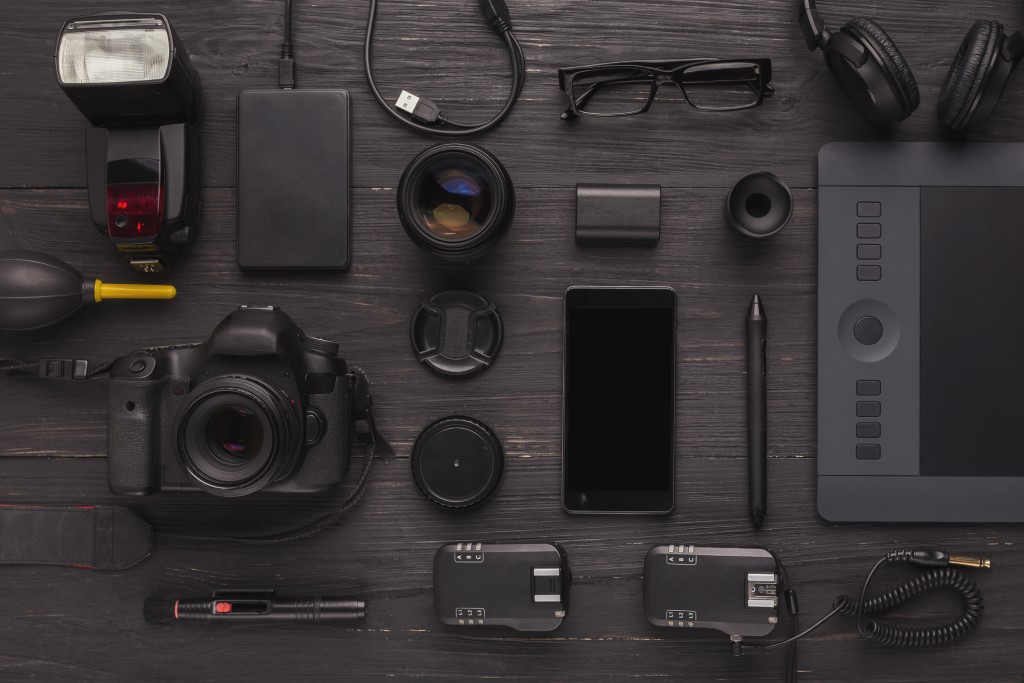
You’ve heard it before and we’re here to remind you once more: you should really be insuring your camera gear with camera gear insurance.
Did you know that if more than 50% of your income stems from your photography business then your gear is likely not covered by your homeowners or renters insurance policy? How bummed would you be if someone broke into your home and not only busted a window but also snatched up all your business equipment?
Would you be able to replace everything using your own money? If you have a business, would you be able to go on with your day-to-day operations without the missing gear?
What if, while on a shoot, you drop your favorite camera and shatter the body. Would you be able to replace it out of pocket right there and then?
A lot of the time, the answer to these questions is a deafening, “No.”
The best thing you can do for your photography business is to purchase and carry camera gear coverage for all of your equipment on top of your photography insurance.
You might think camera gear insurance is super complicated, but that is not the case at all!
We’re here to explain camera gear insurance, what it is, what gear is covered, its benefits, and how you can prepare to purchase by calculating the worth of your gear.
Let’s jump in.
What is Camera Gear Insurance?
Camera gear insurance is designed to cover your cameras, lenses, lighting equipment, and other photography gear on and off premises and during transportation. This means that if something were to happen to your gear while on the job or while in transport you could likely file a claim and have the replacement or repair costs covered.
Camera gear insurance is essential in any photography business due to the risks associated with owning very expensive equipment. From traveling freelancers to stationary in-studio photographers, you should always do business with camera gear insurance in hand.
We insure our vehicles, right? Doesn’t your DSLR deserve the same kind of love?
Plus, when you purchase an annual photography insurance policy with the added camera gear endorsement you are covered with many other coverages. These coverages include:
- General liability insurance
- Rented property coverage
- Medical expense coverage
- Optional additional insureds
If you’re looking for clarification on what any of those coverages mean and what they would cover, head over to our post on navigating the world of photography insurance where Full Frame has detailed that all for you.
Is My Gear Covered?
You might be wondering, “What camera gear is covered?”
Full Frame Insurance covers equipment that is used primarily for your business. They may cover:
- Camera bodies
- Lenses
- Hard drives
- Tripods
- Reflectors
- Lighting equipment
- SD Cards
- Filters
- And more!
As long as the photography equipment you are trying to insure is used for business purposes, then Full Frame may insure it.
How Much Camera Gear Coverage Should I Have?
In short, enough.
Full Frame Insurance offers tiered pricing, so there’s an option for everyone. If you’re just starting out in the photography industry and only own a single camera and maybe a few lenses, then you’re obviously going to need a lot less insurance than the individual who has accumulated multiple cameras and an assortment of gear over the years.
The best part about camera gear insurance is the price—you can’t beat Full Frame! Starting at just $55 on top of an annual insurance policy, you could give yourself peace of mind knowing that if an unfortunate were to happen to your gear then you could be insured for the replacement or repair costs of the item. For one flat fee, you get camera gear insurance for one full year. A $250 deductible applies to all plans.
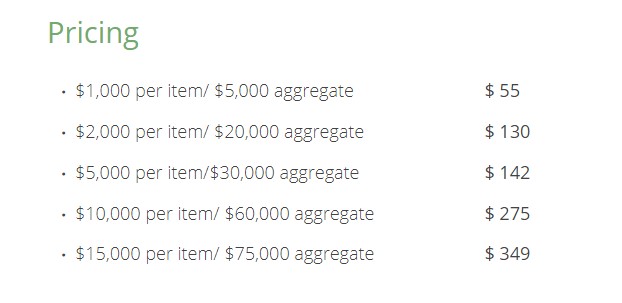
“Awesome, how do I know which option to go with?” We’re glad you asked!
In order to figure out what tier of insurance to purchase, you should follow these easy steps.
- Collect all of your gear.This includes cameras you use on a shoot, the memory cards you carry, reflectors or lighting stands you own, your camera straps, and your hard drives. If you feel the primary purpose of a piece of equipment is for your business, then you’ll want to insure it.
- Calculate the replacement cost of each piece. This is pretty easy to do. Find out the current price of every piece you’re trying to insure by doing a quick Google search. Or, if you have recently purchased the gear you’d like to insure just add up all the receipts for the equipment you bought.
- Do some math. You’ll want to add up the total worth of your gear. Say you decide that to replace everything you own would cost roughly $9,000, and that’s just the pricier stuff that would be a pain to replace on your own. With that price in mind, you’d want to purchase the second tier insurance option because then each item you insure is covered for up to $2,000 in replacement costs and the max your insurance would payout would be $10,000, the total to replace everything you own.
With Camera Gear Insurance…
- You give yourself peace of mind that if something were to happen to your precious cargo, your business doesn’t take a huge hit.
- You let clients and future clients know that you are a professional who understands the risks of their business.
- You have photography business insurance in place, assuring you that if bodily harm or property damage were to occur then you have coverage in place in the case of a lawsuit.
Don’t leave your camera gear vulnerable while snapping shots. Full Frame Insurance offers photography insurance and camera gear insurance that is framed perfectly for photographers. From portrait photogs to wedding photographers, Full Frame has a plan for everyone.
We Recommend
How to Make Your Photography Business Better
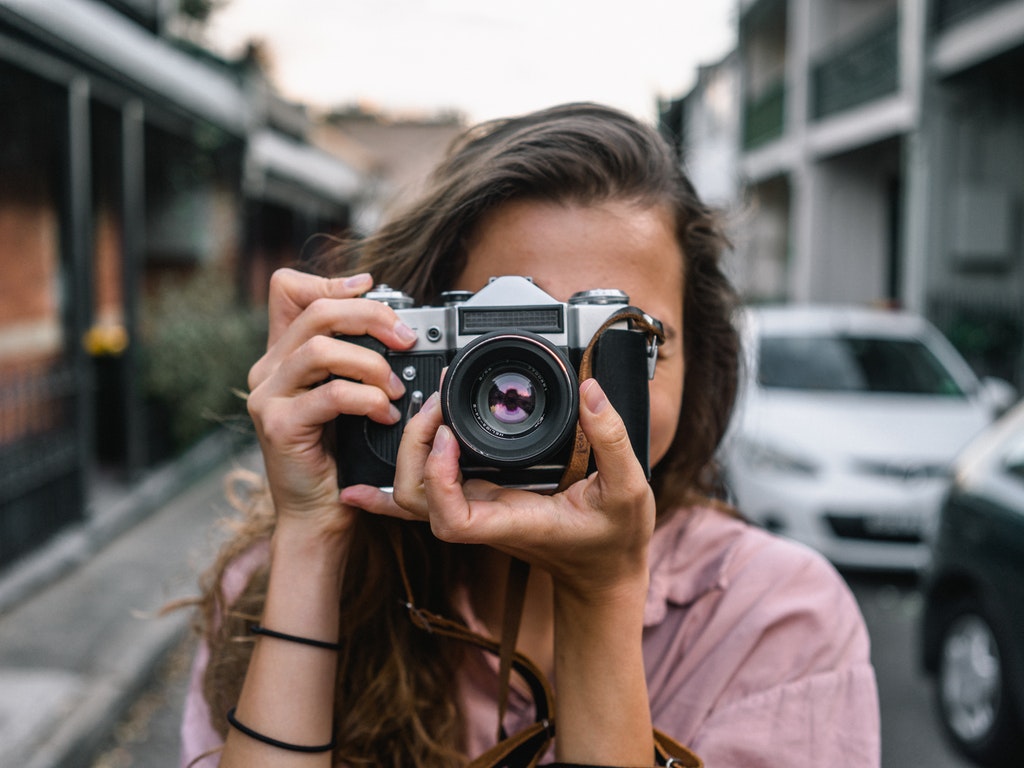
Photo by Matt Hardy from Pexels
It isn’t necessarily easy to start a new photography business, or to keep one going, in the current situation of economic uncertainty.
But in regards to making your new photography business a success there are many actionable steps you can take right now, today, to make your business more likely to weather the storm.
Let’s take a look at just a few photography business tips to get you started.
Recommended Photography Business Reading:
Two Photography Business Models - Diversify or Specialize

photo by AePatt Journey via iStock
There are two lines of thought in how to improve your photography business or how to maximize your business capabilities. One thought is that you should add to your skills in order to offer more services.
Another valid thought is that a photographer should specialize in one skill in order to offer the best of that to their clients. Either one of these business ideas is valid and has proven workable for many photographers.
Diversify - Offer Lots of Services
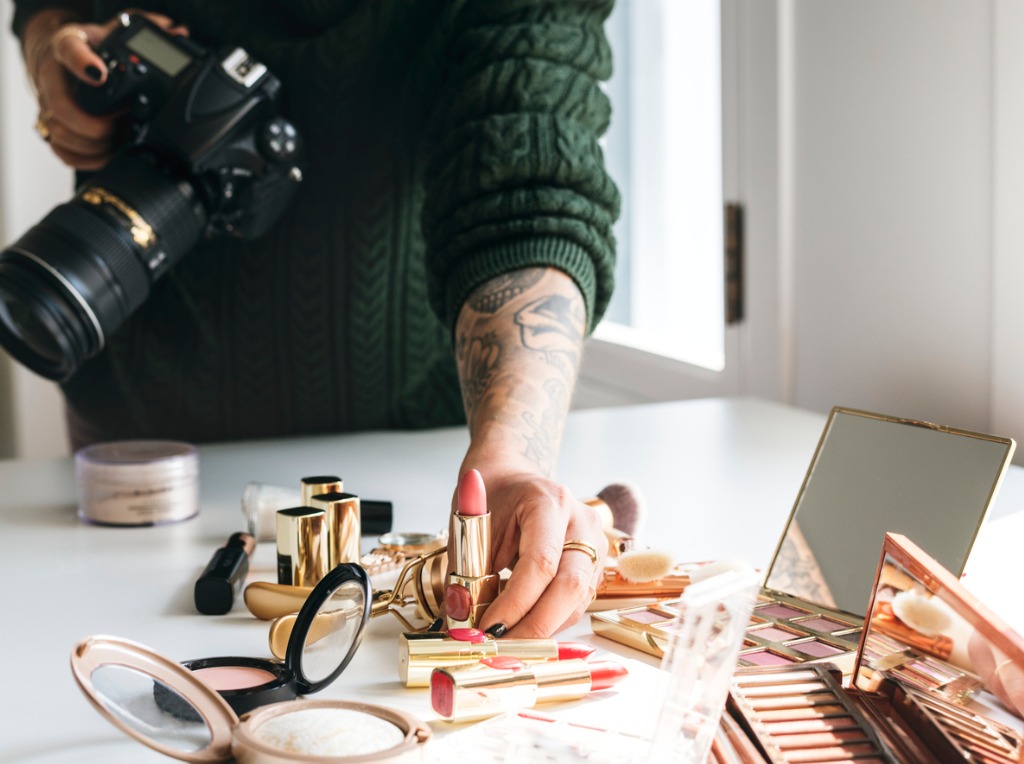
photo by Rawpixel via iStock
Many photographers have started a business in one of the many fields of photography, such as real estate or weddings, and have been very successful. In order to continue as a successful business in changing times, some of these photographers have decided to offer another photographic genre in their portfolio of services.
How does one do that, though? A way to improve our photography skills in a particular style or type is to get instruction from other photographers in that type. Online classes can be found for low cost, sometimes free, that have excellent instruction for improving our skill.
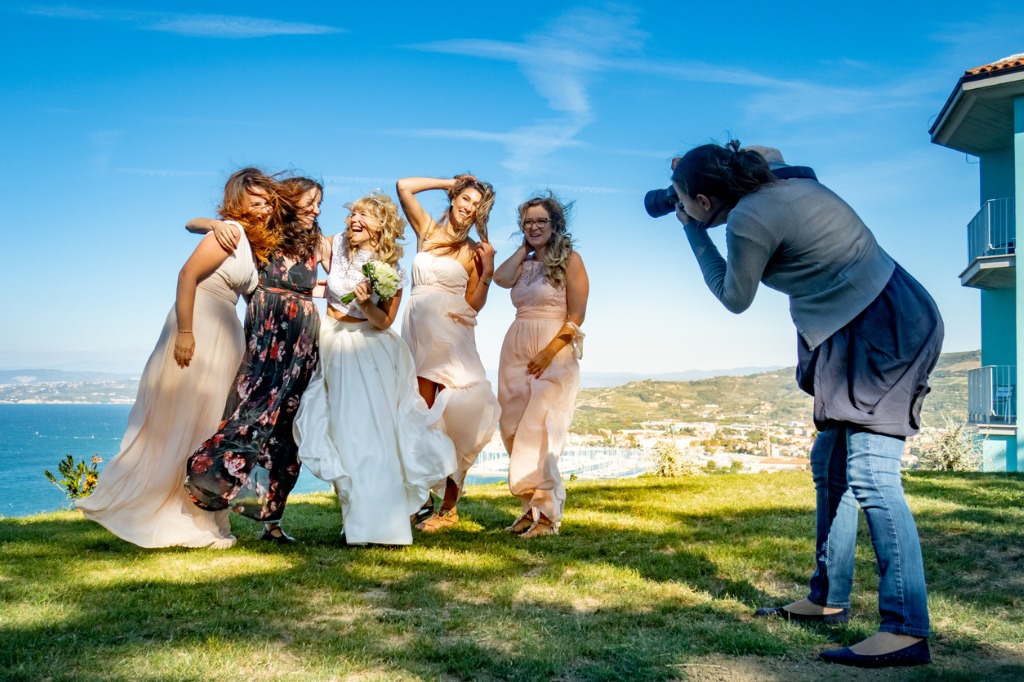
photo by CasarsaGuru via iStock
A couple of extra styles or types can be added to our portfolio in this way. As an example, a wedding photographer may add environmental portraiture to their services. A real estate photographer may find they have potential clients for product photography.
What this approach accomplishes is the ability for your photography business to survive a business slowdown or the ability for you to grow your already successful business.
Specialize - Offer the Best of One Style
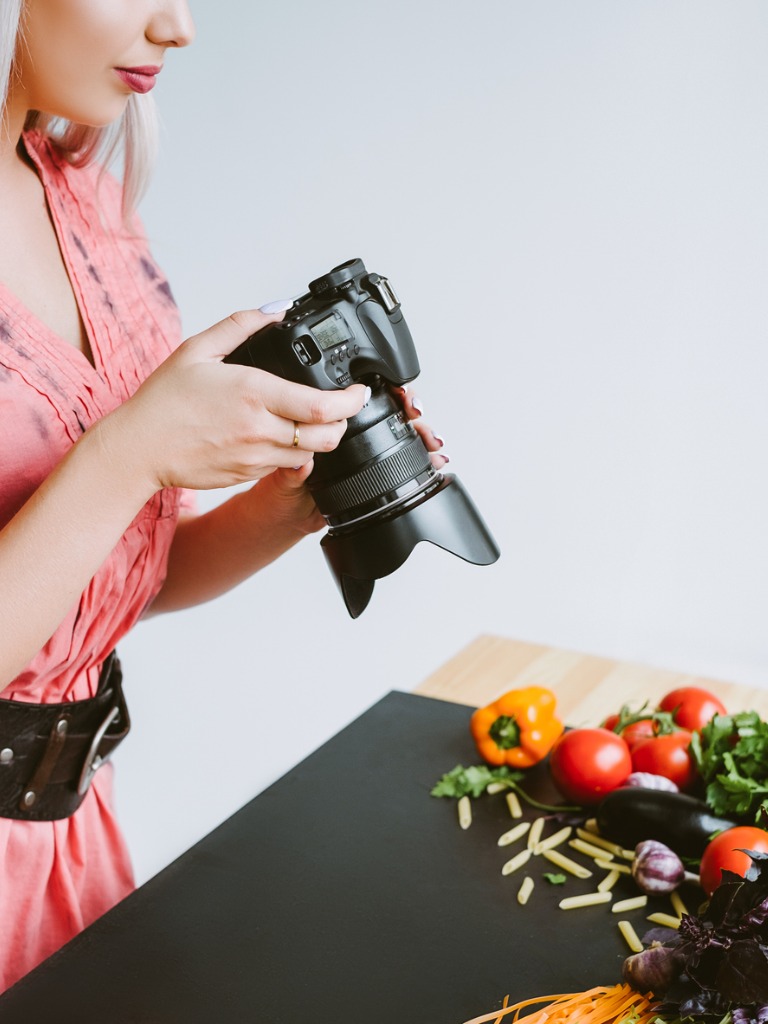
photo by igor_kell via iStock
The other line of thought for helpful photography business tips is to take what you’re already doing, and work at being the best you can possibly be in that field. The idea is similar to having a great talent for baseball and football, but choosing just the one sport to become a superstar.
In order to accomplish this, a photographer should enhance their existing skills by practice, education, and seeking out helpful critique. The practice and education is easy for us to get, it’s that last one, critique, that can prove to be a challenge.

photo by santol via iStock
Why is critique so hard for many photographers? One possible reason is that few people want to acknowledge any shortcomings they may have about anything. Art critique, delivered in a kind manner, is not highlighting out shortcomings, but encouraging our potential.
Which leads me to another business photography tip. Don’t be that arrogant guy. Yes, we might be one of the best in our area or our particular discipline, but lording it over someone else is not good business. A good reputation as a helpful person can be beneficial in the long term, making it good business sense.
Learn More:
- 4 Things New Photography Business Owners Need To Do
- How To Turn Your Photography Hobby Into A Career
Protect Yourself and Your Photography Business

photo by bogdankosanovic via iStock
Inside any stage of the economy, whether booming or slowed, protecting your business from adverse events or action should be a priority when considering how to improve your photography business. A primary means to do this is through insurance for your photography business.
Insurance protects from risk. Your photography business has risks from equipment damage or loss, property and medical liability, and also from contract and job delivery issues.
The necessary insurance can be purchased directly online from companies like Full Frame Insurance that specialize in the unique needs of photographers and photography businesses. Go online and check their different types and levels of insurance without even being required to talk to an agent.
Some freelance photography business people I know have the mistaken idea that their car, homeowners or renters insurance will cover them in the event of something bad happening since they’re not full time professional photographers. That reasoning couldn’t be further from the truth. In any business endeavor, insurance should be part of the operating budget.
Social Distancing and Your Photography Business
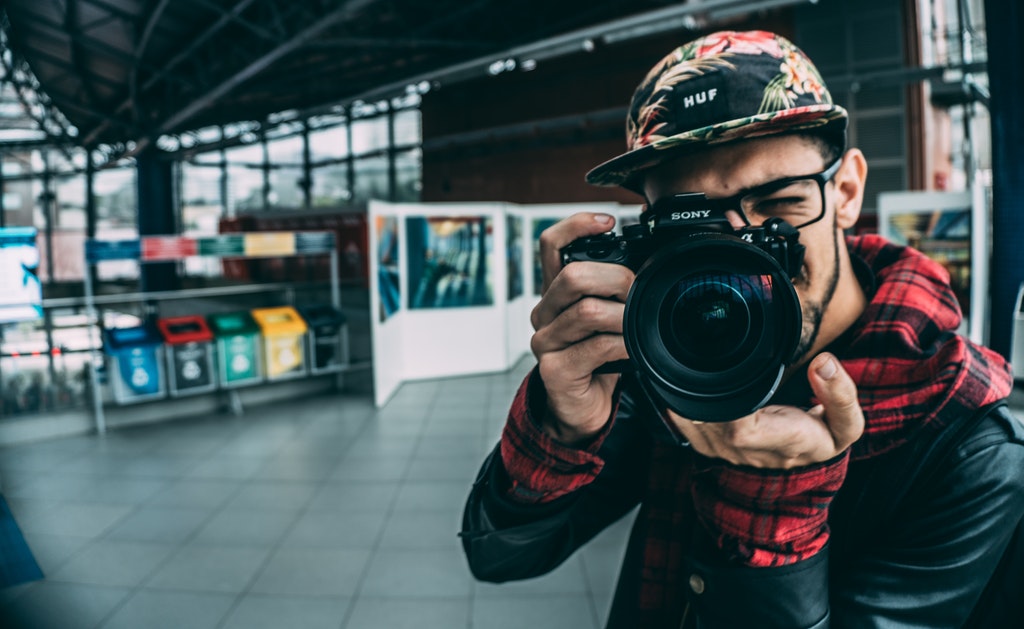
Photo by Kaique Rocha from Pexels
Will social distancing and what many are calling the “New Normal” adversely affect your photography business? In the short term, definitely. With some whole metropolitan areas basically being shut down, many types of businesses are suffering.
At least in the short term. But it might end up being just one really nasty bump in our road to continued success as a photography business.
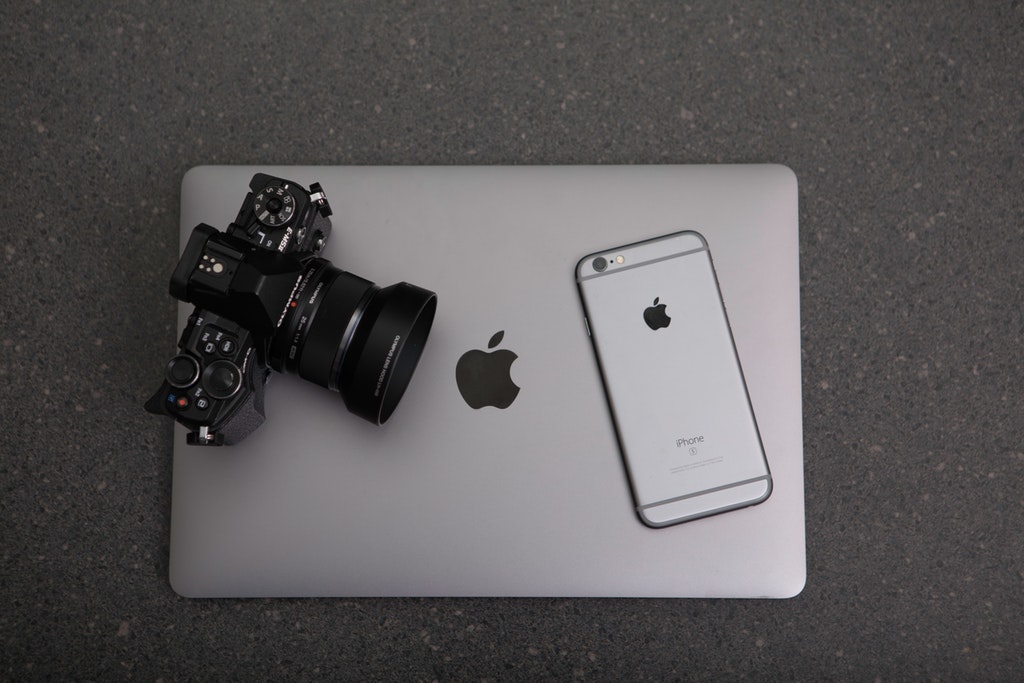
Photo by ATC Comm Photo from Pexels
Hopefully, everything will soon turn around for the better. When it does, there may be some new ways to conduct business in general. To be honest, it seems like digital photography technology is already part of a New Normal, and has been for some time. Remote work, digital payment, virtual tours, all of these have been increasing steadily.
If you have some time during the current situation, use it to better your skills, increase your awareness of evolving photographic techniques, and get your photography business poised to take off running.
Learn More:
We Recommend
How to Make Your Photography Business Legit in 2021

Photo by Angello Lopez on Unsplash
Many amateur photographers have skills and talent similar to successful working photographers. You may have had people say things to you like you should sell your work or you are as good as a professional photographer. This is good news! You could have a photography business!
In fact, you may have already sold some of your work or hired yourself out as a photographer to friends or workmates for monetary compensation. Again, great news! That means someone values your photography enough to pay you for it.
If this has happened or you are thinking of setting out as a paid professional, you need to know how to make your photography business legal. This applies whether you are seeking full-time, part-time, or gig work employment. Likewise, it applies if you are merely wanting to sell your art without hiring yourself out.
Recommended Photography Business Books:
Important First Step: Get Insured

Photo by Brielle MacDonald on Unsplash
Here is one of my most important photography business tips: Without insurance, your first photography job could be your last. You could lose even more than your photography business, you could lose personal property and a whole lot of money. Insurance is risk management designed to protect against loss.
Newsflash...homeowners insurance is not going to protect you against loss resulting from something occuring while in pursuit of financial gain, even if it’s only part-time or gig work. Neither will renter’s insurance if you aren’t a homeowner. You need a specific policy for your photography business, such as the policies offered by Full Frame Insurance.
What risks need to be insured? You should contact an agent or company for your specific circumstances, but I can list three risks just about any photography business has:
- Risk of loss or damage of your equipment.
- Risk of liability due to injury or damage due to your photographic endeavor.
- Risk of liability due to not being able to fulfill obligations of a contract or of a 1099-style job, otherwise known as errors and omission.
You could shatter a lens on a job, a person could trip over your tripod and chip a tooth, or your SD card could fail during a wedding. All of these risks are insurable.
Surprisingly, insurance to cover these risks isn’t all that expensive. You don’t even need to go sit down with an agent, you can purchase insurance for your photography business online. Full Frame Insurance is a good source for coverage. You can get coverage for one event or for an entire year depending on what you need.
Learn More:
Incorporate, LLC, or DBA?

Photo by Kinga Cichewicz on Unsplash
Registering with the authorities as the proper type of business will give you certain protections and plays an important role in taking care of the finances involved with running a photography business.
The tax obligations of each type of business entity have specific rules and regulations. You should do your due diligence to determine which is appropriate for your circumstances.
Take Care of Sales and Income Tax

Photo by Sharon McCutcheon on Unsplash
Registering as any type of business entity allows you to properly file and handle tax liabilities, receipts, and payments. For your personal protection and the protection of your photography business, make sure your tax status and payments are legal and up to date.
This can be relatively simple to keep track of by means of computer programs, subscription services, or hiring out competent help. Photography business tip: the same freelance websites you can use to find photography jobs can also be used to find people able to do your accounting bookwork.
Create an Online Presence

Photo by rupixen.com on Unsplash
In the year 2021, we have open to us work opportunities from anyone anywhere by means of the internet. One of the most important photography business tips is to have your own online presence, too.
Without an online presence, you will probably find it difficult to find people who want your services or art. Plus, how will people looking for a photographer find you? Since you’re registered as a business, you can set up on social media sites as a business, allowing you to use their business tools, such as targeted advertising.
A website can even keep working for you while you’re asleep or on another job. Let’s face it, in 2021, the world is online, you should be too.
Follow Good Business Practices
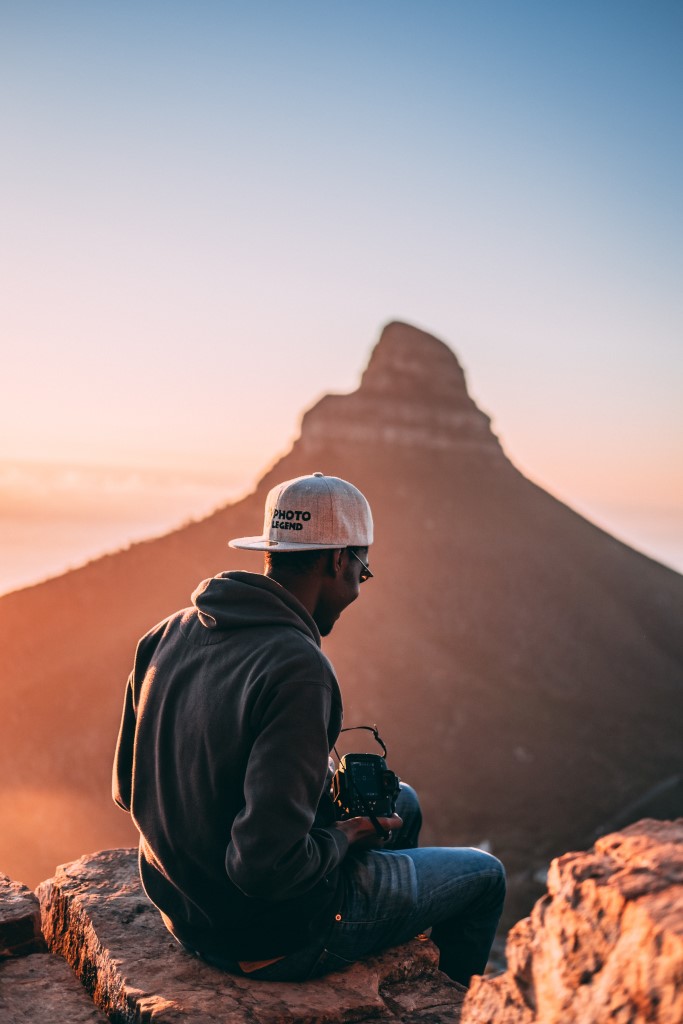
Photo by Joshua Kraus on Unsplash
As a photographer, you are an artist, a scientist, and a craftsman. As a photography business, how to make your photography business legal, legit, and successful, you should follow acceptable and expected business practices as any business should.
Reputation is important. As surely as a good reputation can help you, a bad reputation can destroy your new photography business. That reputation doesn’t just come from the quality of your photography. It also involves how you do business and how you treat others.
You’re already a good photographer. The quality of your work speaks for you. Let your good business reputation also speak for you.
Enjoy starting and running your photography business in 2021!
Learn More:
We Recommend
How to Protect Yourself as a Photographer

Photo by hessam nabavi on Unsplash
It seems that every other day I’m seeing a news story about a photographer getting taken advantage of. Whenever you work with the public, it’s important to be vigilant. But, how do you protect yourself as a photographer?
There are the basics, like making sure everyone you’re meeting and working for are who they say they are, and then there are the legal ways to protect yourself as a photographer.
This list about learning how to protect yourself as a photographer is going to walk you through both.
Editor's Tip: Looking for ways to survive as a freelancer in the age of Coronavirus? Check out these 8 tips to survive the Coronavirus outbreak.
Get Insurance

photo byChalirmpoj Pimpisarn via iStock
I’ve talked pretty extensively about the importance of photography insurance here. But, photography insurance could be the only thing preventing your business from going under if a variety of unforeseen disasters happen.
Photography insurance is also inexpensive, so there’s no reason for you to keep putting it off.
I’ve purchased photography insurance from Full Frame Insurance for the past few years and I love it for two reasons: you can buy photography insurance online and you don’t have to talk to a single person to do it.
Like most photographers, I’m not a huge fan of salespeople. I’m not very confrontational and that style of communication makes me anxious, which is one of the reasons I told myself in prior years that photography insurance wasn’t necessary.
Thankfully, Full Frame allows you to get a quote for your photography business and purchase your photography insurance all at once. It takes just a few minutes, too!

photo byskynesher via iStock
Better still, they offer you flexibility in terms of the policies you purchase.
For example, you can buy a short-term policy for a gig that’s one to three days in length, or you can opt for annual coverage if that makes more sense for you.
Full Frame offers general liability insurance, camera equipment insurance, and even drone insurance, too.
In other words, Full Frame Insurance is your one-stop shop for all the coverages you need. The top-notch customer service, excellent prices, and quick and easy process to get ensured are just icing on the cake!
Recommended Photography Business Reading:
Meet Potential Clients in Person

photo bymediaphotos via iStock
Another way you can protect yourself as a photographer is by meeting any potential clients in person. I don’t suggest meeting new clients at your studio, unless it's in a business park. You should meet potential clients in a heavily trafficked area, like a coffee shop.
Meeting clients in person ensures they are who they say they are. It also allows you to better understand exactly what they’re looking for in a photographer.
Besides, meeting in a more formal location to casually get to know one another can help you connect with this potential client, and that will pay dividends during their session later on.
Learn More:
- 4 Common Pitfalls That Doom Photography Businesses
- 5 Things to Research Before Starting a Photography Business
Build a Foolproof Contract

photo byskynesher via iStock
This is another way to protect yourself as a photographer that I’ve mentioned on PhotographyTalk before. Contracts are essential, yet oftentimes I find photographers using contracts they got off of the internet and don’t fully understand.
Your contract should reflect your business and as such it makes the most sense to build one yourself.
Taylor Jackson walks you through exactly how to build a contract specifically for photographers, which should include clauses about deliverables and last-minute turnaround fees.
Your contract should be too specific rather than not specific enough. While writing a contract isn’t as fun as being out shooting photos, it’s a necessary component of a legitimate photography business. Take the time now to develop a bulletproof contract, and you can breathe easier when - not if - something goes awry with a client.
Use a Model Release

Photo by Dom Hill on Unsplash
If I’m being honest, I didn’t really understand the purpose of a model release for the first few years I worked in photography simply because I didn’t need one. Now, this may be the case for you, but a model release is one of the legal considerations for photographers you need to examine.
Brendan van Son describes exactly how you know whether you need a model release, and then explains how to build one.
Just like having a solid contract is a must, having a proper model release form is hugely important. One lawsuit can completely destroy your business! Again, it’s better to be too careful and too specific when creating your model release form.
Buy Gear From a Trusted Source

photo by EXTREME-PHOTOGRAPHER via iStock
In a perfect world, you could buy brand new gear every time and receive warranties on your photography gear. Unfortunately, new photography gear is expensive and out of reach for many.
But, that doesn’t mean you can’t still protect yourself. You just need to do more research on where you’re purchasing your used gear from.

I started using Gear Focus a few years ago because they have some of the lowest seller fees in the photography industry, but soon realized they also had a great selection of used photography gear.
Gear Focus also employs a slew of photographers and videographers to watch over their site and to ensure every seller is legitimate. That’s a nice layer of protection to ensure you aren’t getting scammed.
You can contact the seller right within the Gear Focus website, ask questions, and if there’s a problem, Gear Focus has mediation services to ensure the transaction is fair. Nice, right?
There are many ways you can protect yourself as a photographer, and buying your gear from an established company is a great one. Combined with the tips I’ve discussed above, you are in a great position to carry on with your photography knowing that you have multiple methods by which you can protect yourself and your investment.
Learn More:
We Recommend
How to Turn Your Photography Hobby Into a Career
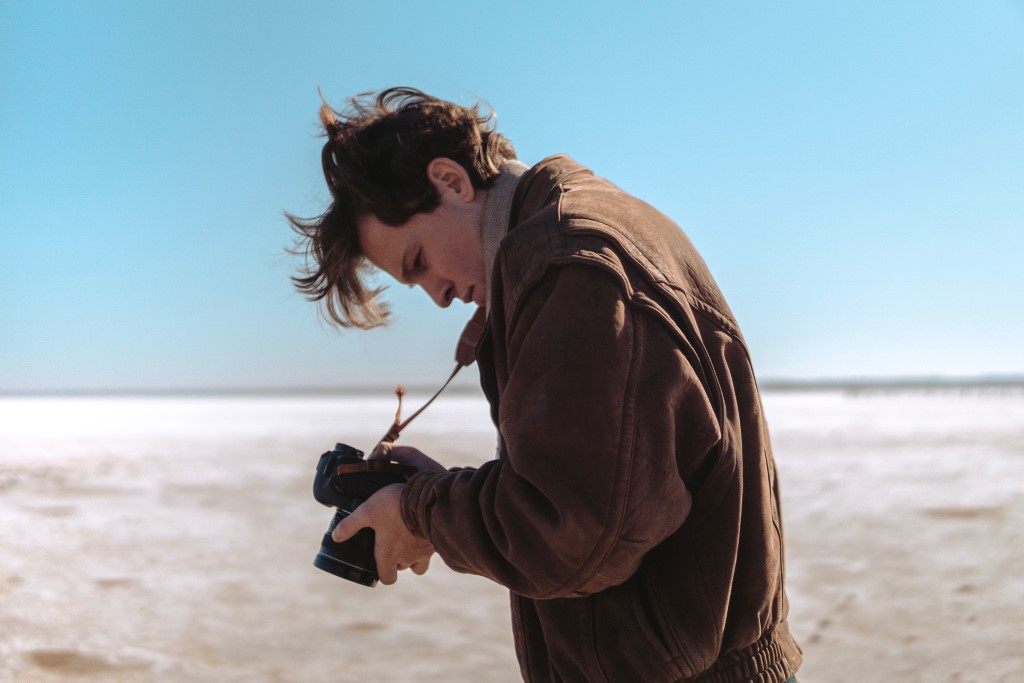
Photo by Chris Ainsworth on Unsplash
Everybody starts somewhere; even the most famous of photographers began as a hobbyist.
Some people make the transition from hobbyist to professional in a matter of months, and for others it takes decades. Regardless of how quickly you do it, there are some very real concerns you need to be focusing on during your transition.
If you’re looking to turn your photography hobby into a career, there are a number of steps you need to take to assess whether or not you have what it takes to make it as a professional.
Table of Contents
- Ask Yourself Why You Want to Start a Business
- Work on Technique BEFORE Buying Tons of Gear
- Don’t Quit Your Day Job
- Get Insurance Sooner Rather Than Later
- Think About What Daily Life Will Be Like
- Know the Costs of Being in Business
- Get Familiar With the Market (and Your Clients)
Ask Yourself Why You Want to Start a Business

Photo by Dewang Gupta on Unsplash
The most important question you need to ask yourself before learning how to start a photography business is, “Why?”
Are you looking to make people happy with your creative vision? Do you want to make enough money to survive off of, or just to take your family on some extra vacations every year?
My personal motivation on some days is just to be able to have a drink while I work, but realistically you probably need a larger goal in mind.
Once you understand why you want to do something, taking the steps to get there is much easier and you’ll be less likely to fall out of love with photography throughout the process.

Photo by Tembela Bohle from Pexels
My personal motivation on some days is just to be able to have a drink while I work, but realistically you probably need a larger goal in mind.
Once you understand why you want to do something, taking the steps to get there is much easier and you’ll be less likely to fall out of love with photography throughout the process.
Recommended Photography Business Books:
Work on Technique BEFORE Buying Tons of Gear
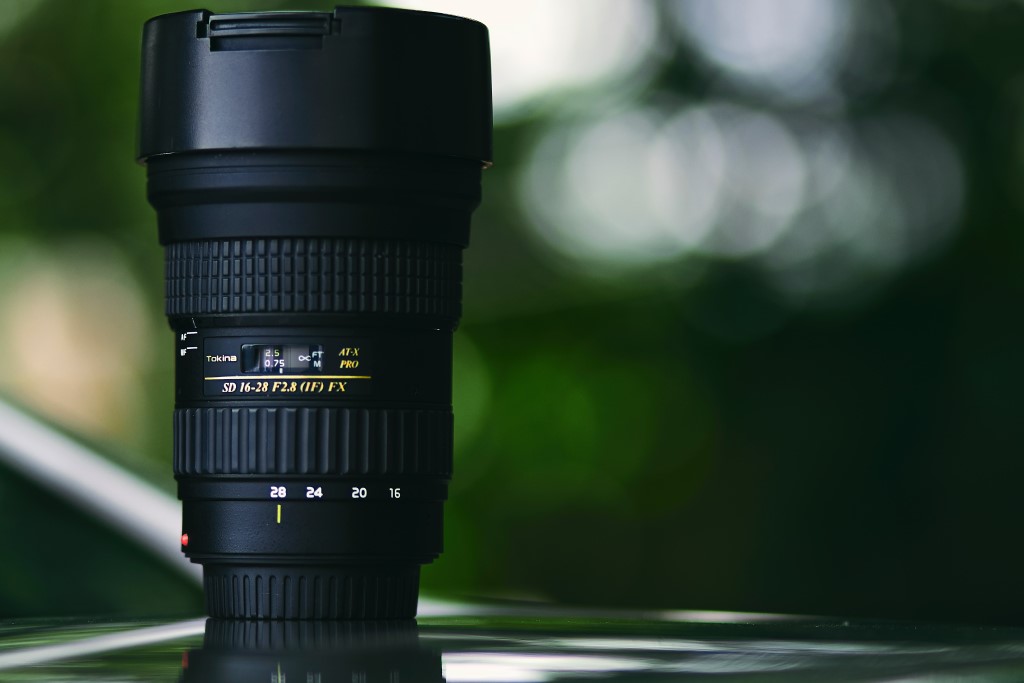
Photo by Oscar Ivan Esquivel Arteaga on Unsplash
There’s only one thing that incredibly expensive lens is going to get you if you don’t know how to use it: debt.
Since photography is something you constantly improve on, there’s really no threshold where you’ve learned enough techniques to be able to stop learning entirely.
But, there’s definitely a time when you can no longer use your kit lens because your skills have outgrown your gear.
The first year of running your business is not that time
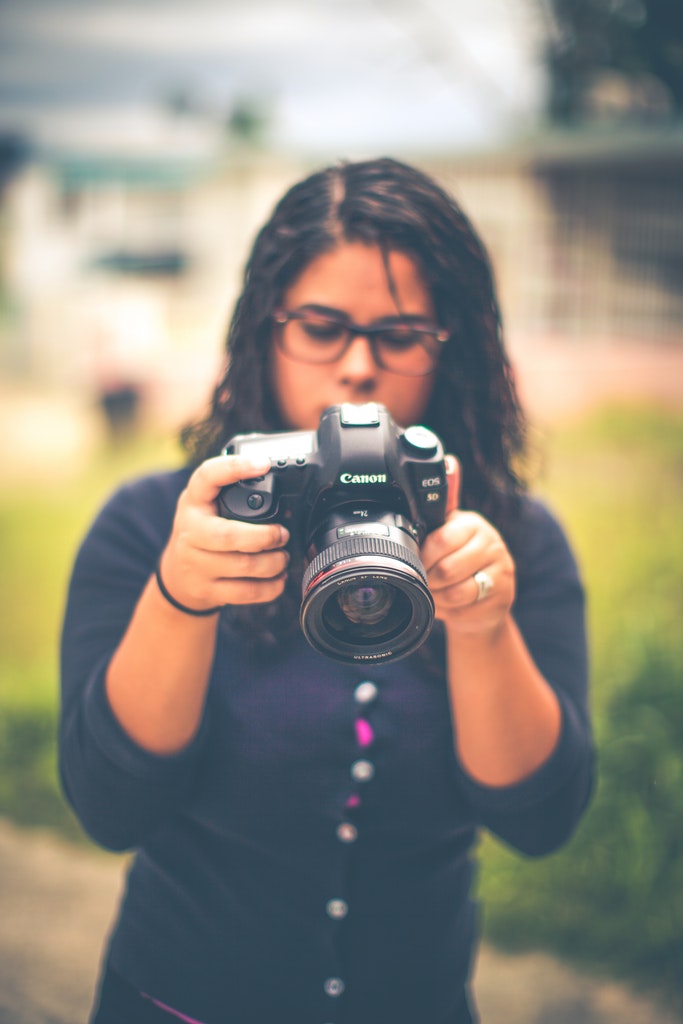
Photo by Caleb Oquendo from Pexels
In fact, many people get away with using just a couple of lenses and one or two camera bodies for the first year or two of their photography careers.
New gear is expensive, firstly. But, it can also be difficult to learn. You definitely don’t want to be learning how to use a new camera at the same time as being responsible for photographing a wedding because it would be incredibly overwhelming.
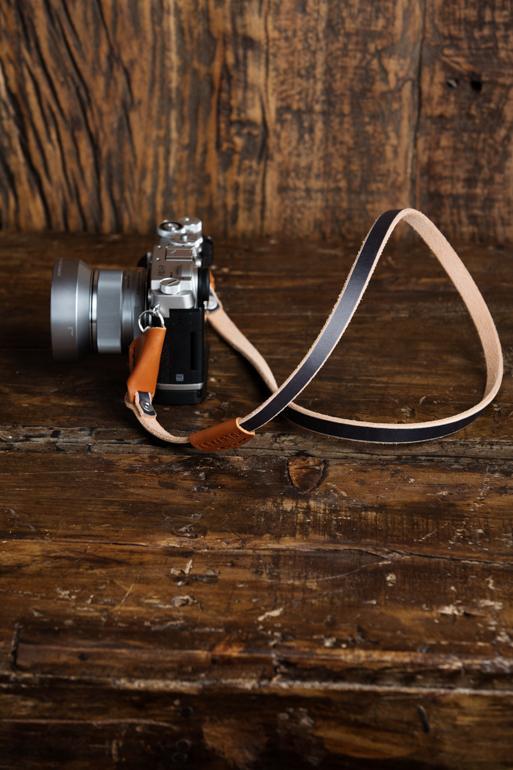
Photo by Brandon Burk
This same principle applies to other photography gear as well.
For example, you don't need to drop tons of money on a new camera strap when budget-friendly options are available.
Case in point - Holdfast just dropped their HF Classic leather camera strap that hits all the marks for comfort, functionality, and aesthetics, while also being budget-friendly.
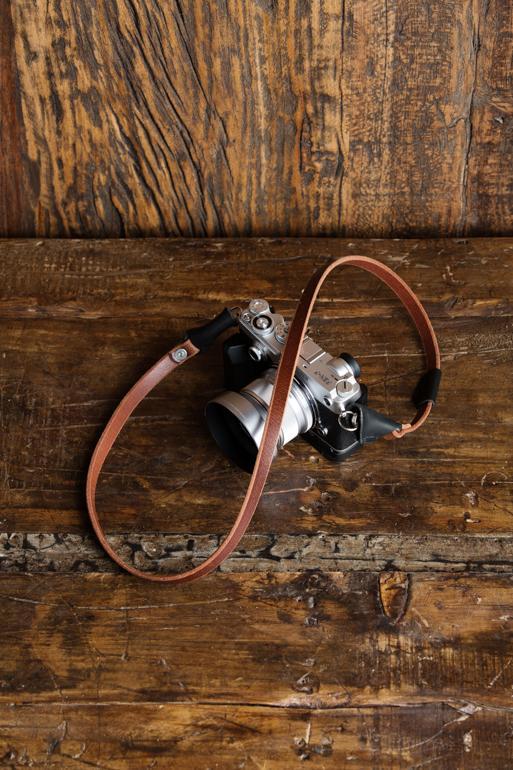
Photo by Brandon Burk
For less than $100, you get a high-quality strap. Since it's made of full-grain leather, you know that as you use the strap it will get broken in and adapt perfectly to your shoulder making it even more comfortable with time.
Better still, Holdfast has a reputation for creating long-lasting products, so even though it's a budget strap, you can bet that it will last you for years and years.
When budgets are tight but you still need good, solid gear, finding deals like the HF Classic Strap is a huge blessing.
Spend smartly, buy only the gear you need, and in doing so, you'll be equipped to do your job without breaking the bank!
Don’t Quit Your Day Job

photo by Christina Morillo via iPexels
One of my best professional photography tips is this: go part-time before you go full-time.
When your passion is also your career, and thus the only way you can keep food on the table and pay for your mortgage, it’s a little stressful. It can even cause you to lose the passion you had for it in the first place.
I recommend doing your photography part-time for at least a year in order to build up a client list, get your marketing campaigns started and basically figure out if this is even something you really want to do.
Your business will tell you when you need to go full-time. Ideally, you will be able to scale back at your day job as you scale up with your photography, but if this isn’t possible then there’s no harm working on your photography business solely on the weekends.
Get Insurance Sooner Rather Than Later

Photo by Jan de Keijzer on Unsplash
How much money are you carrying around right now in your photography bag? How much more money will you be carrying around when you decide to start a photography business?
Photography insurance is no joke, especially considering the average photographer has thousands of dollars of gear on them every single day.
We have written extensively about how to prevent your photography gear from getting stolen and how to make your equipment look less expensive than it is, but let’s face it. Nobody can truly prevent emergencies from happening.
So, even if you haven’t formed your business yet, it’s time to start thinking about photography insurance.
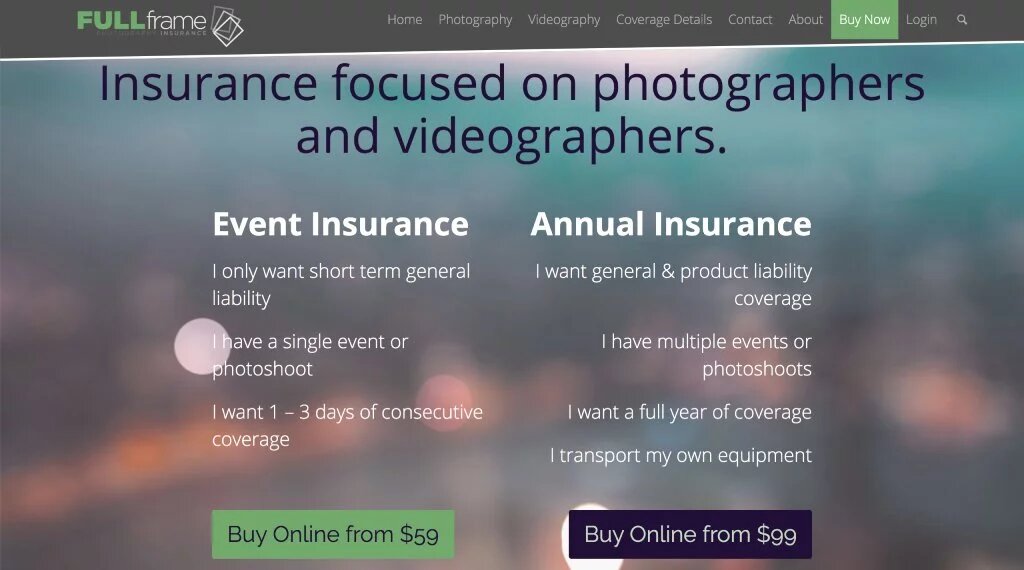
Full Frame Insurance makes this process simple. There are no quotes, no salesmen, and no wasted time. You simply go to their website, pick the insurance you need, and pay for it.
Typical photography insurance companies operate just like health insurance or life insurance sales. They are bureaucratic and only concerned with making as much money off of you as possible.
Full Frame is a small business, which means they are concerned with ensuring you are happy and making sure you’re protected when something goes wrong.
With coverage options for any budget, excellent customer service, and an easy-to-navigate website where you can quickly buy the coverage you need, Full Frame has everything you want in a photography insurance company!
Learn More:
Think About What Daily Life Will Be Like

Photo by Campaign Creators on Unsplash
Realistically, all a professional photographer does is chase people down to get them to pay their invoices, edit frantically in coffee shops, and send 1,000 emails a day.
Okay, maybe I’m not being completely realistic, but a lot of your time is taken up simply communicating with people. I know a few friends who hoped to go full-time with their photography careers because they wanted to be shooting all day, every day.
That’s not what photographers do.

Photo by cottonbro from Pexels
This is also a good time for you to discover what parts of your day-to-day are going to be hardest for you.
If you’re a small business owner, you’re going to be doing your own accounting, human resources, marketing, project management… the list goes on.
If you know you’re particularly bad at networking, start hosting some after-hours cocktail hours. If you know you’re bad at accounting, take a QuickBooks class.
Learn the skills you will need to make your average day flow as seamlessly as possible.
Know the Costs of Being in Business
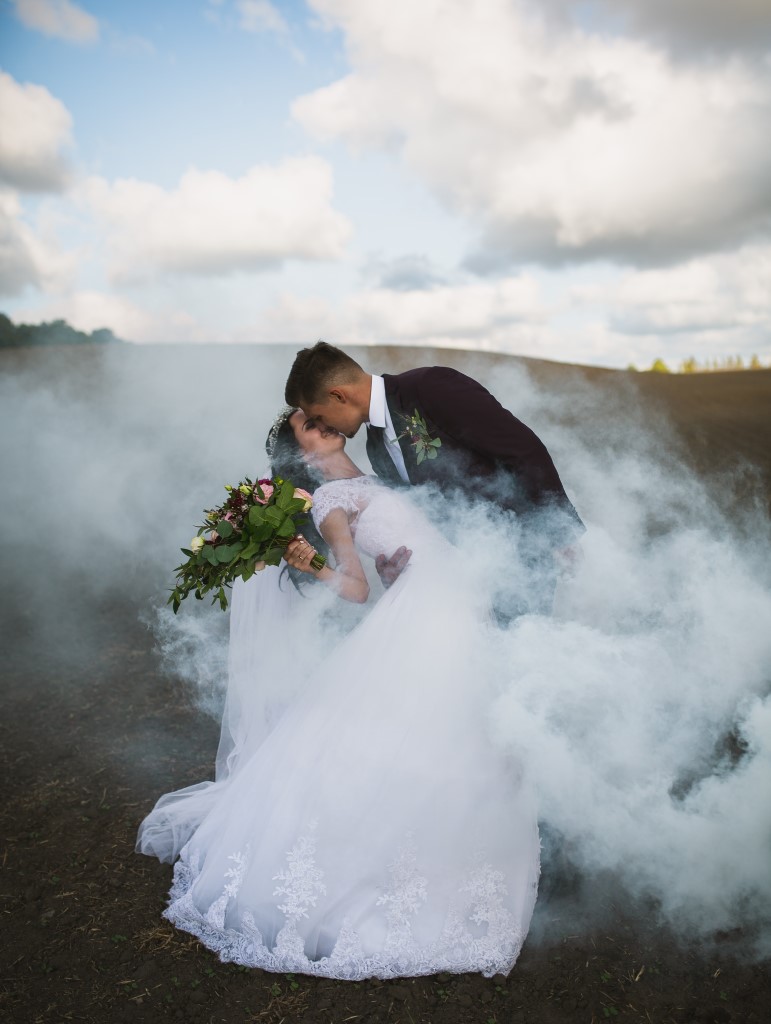
Photo by Elvis Bekmanis on Unsplash
Other than insurance, there are dozens of monthly costs you will need as a professional photographer and dozens of other costs that will be unexpected and intermittent.
5-Minute Classes has an educational, albeit boring, video about calculating the costs for your startup.
But, don’t think you can do this once and then you’re done, because you will need to continually assess how much your business is costing as your clients fluctuate and your business scales.
Additionally, you will need to decide how much money you’re willing to lose before you call it quits on your photography business and go back to a day job because starting a business is in many ways just like gambling.
Get Familiar With the Market (and Your Clients)
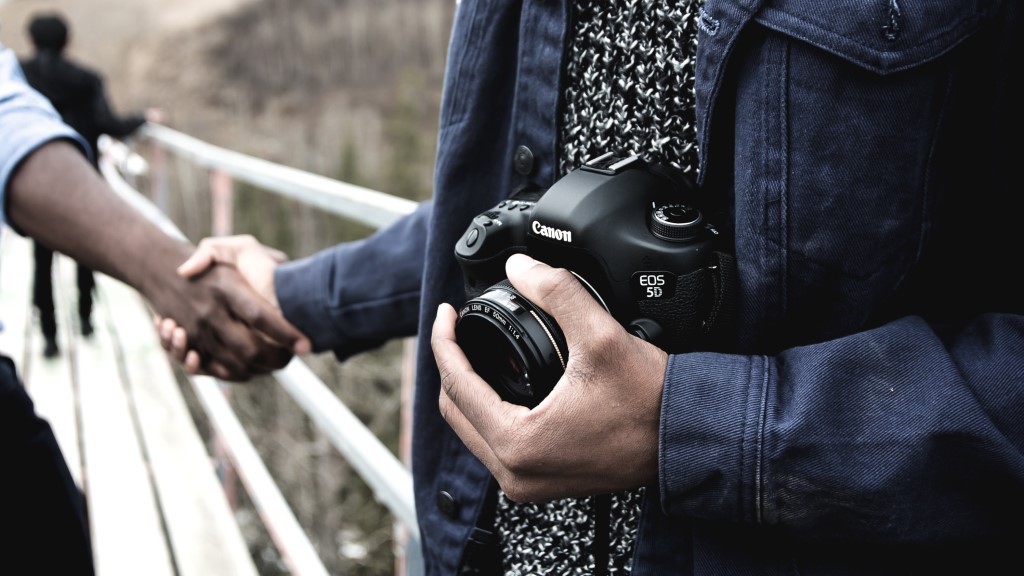
Photo by bantersnaps on Unsplash
As a professional photographer, you’ll need to not only be incredible at your photography, but you’ll need to up your emotional intelligence.
What are your clients like? What are they looking for? How can you meet that need?
This video by Young Entrepreneurs Forum walks you through how to assess your market for different risks, like competitors.
So, not only do you need to have a solid understanding of the types of clients who may want to use you, but you also need to assess how many photographers in your area already provide those services.
What will you do differently than those photographers? Do you have a better understanding of your client base than they do? Are you priced more competitively? Do you offer something they don’t?
Figuring out the answers to these questions will make all the difference in building a successful business!
Learn More:
We Recommend
Navigating the World of Photography Insurance With Full Frame
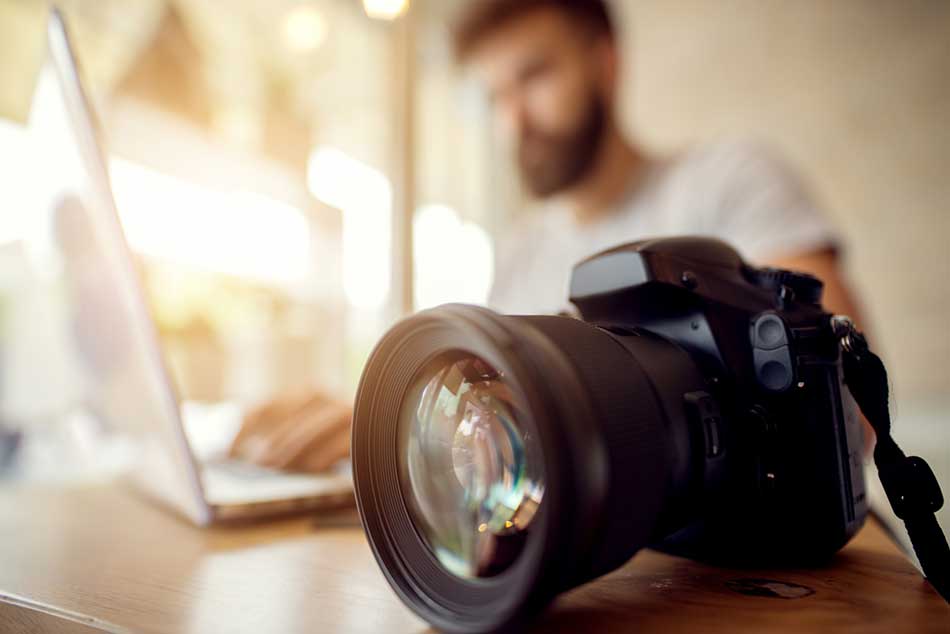
The world of insurance is... confusing.
You’re tasked with figuring out what coverages you need and what limits you should have in place. And because insurance is often required, we tend to buy what’s priced best and then forget about it until it’s time to purchase again.
How great would it be if you could understand every little detail about your insurance? Or if you could just navigate the world of photography insurance without too many questions at the back of your head?
To help you understand more and provide additional insight, we’ll be using Full Frame Insurance as an example to take a deep dive into photography insurance—what it is, how you apply, what’s included, and how it can help you.
Let’s go.
What Is Photography Insurance?
Photography insurance helps protect your business from third-party liability claims arising out of your business operations, such as bodily injury or property damage. In the case of a lawsuit against you, it may also help cover the associated medical or legal fees.
Did you know the average cost of a lawyer in the US is $250 to $600 an hour depending on where you live and the size of the law firm? Or that the average payout for a personal injury claim can reach upwards of $50,000?
On top of the cost of your lawyer, you may have to pay additional court fees and litigation expenses. You have to also take into consideration all the time you’d lose going through these proceedings. And that’s not including what damages a claimant is seeking compensation for.
Don’t let these numbers scare you! With photography insurance, you could be covered in similar cases and not have to pay the resulting fees out of pocket.
Now, let’s talk about what your photography insurance policy should include and what those coverages really mean.
What Should My Photography Insurance Policy Include?
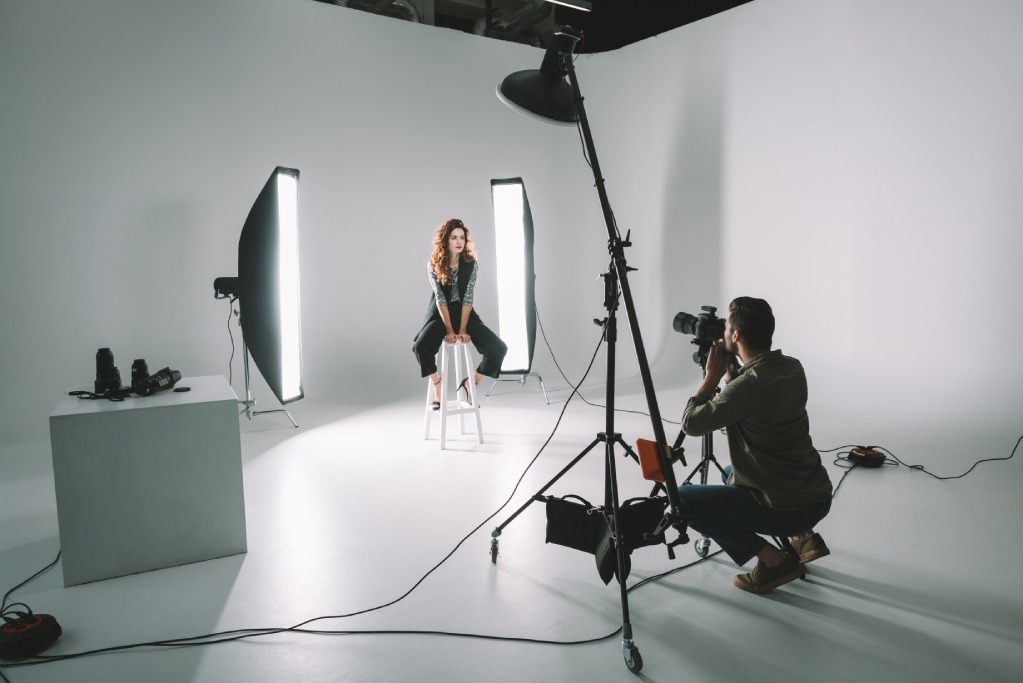
The best photography insurance policy will offer you the following:
- General liability insurance
- Rented property coverage
- Medical expense coverage
- Option to add additional insureds
- Option to purchase camera gear insurance
And, to answer your next question...
What Do Those Coverages Even Mean?
We’ll explain.
As a photographer, you inherit many risks while on the job. You might not be aware that your day-to-day operations expose you to those risks all the time. Each risk is associated with a different coverage that may protect you in the result of a lawsuit.
To better understand we’ll be using Full Frame’s photography insurance policy and their different coverages as an example. Let’s walk you through their annual policy application, explaining what each coverage means and an example of when it could possibly respond.
Policy Effective Dates
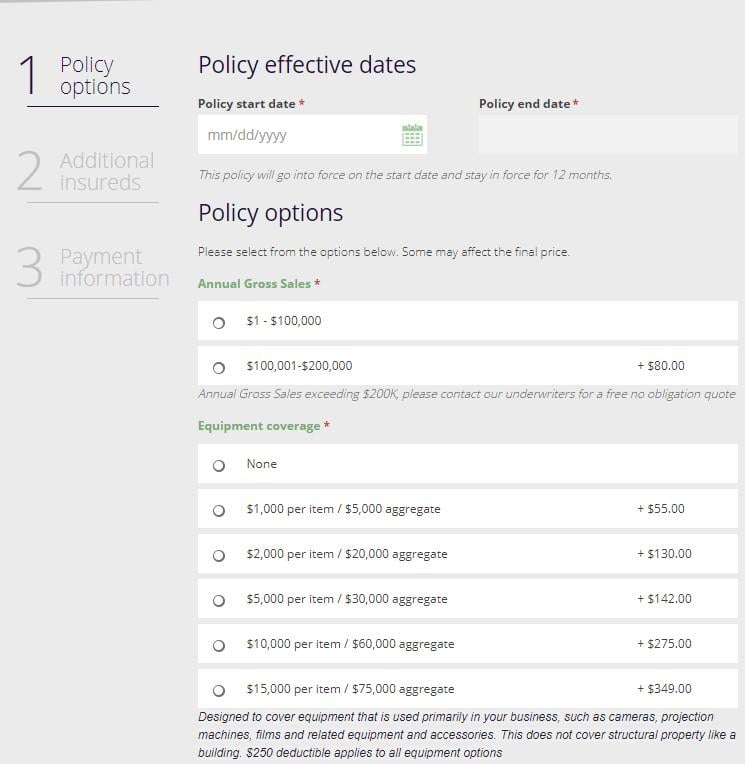
When you begin the annual policy application you must choose when you wish for your policy to take effect. Your policy will be in place for one full year and may protect you if someone sues you within that policy year.
Policy Options
Annual Gross Sales
The amount of coverage you need for photography insurance is dependent on your annual gross sales. The basic annual policy includes sales up to $100k with the option of more coverage if your sales exceed those limits.
Equipment Coverage
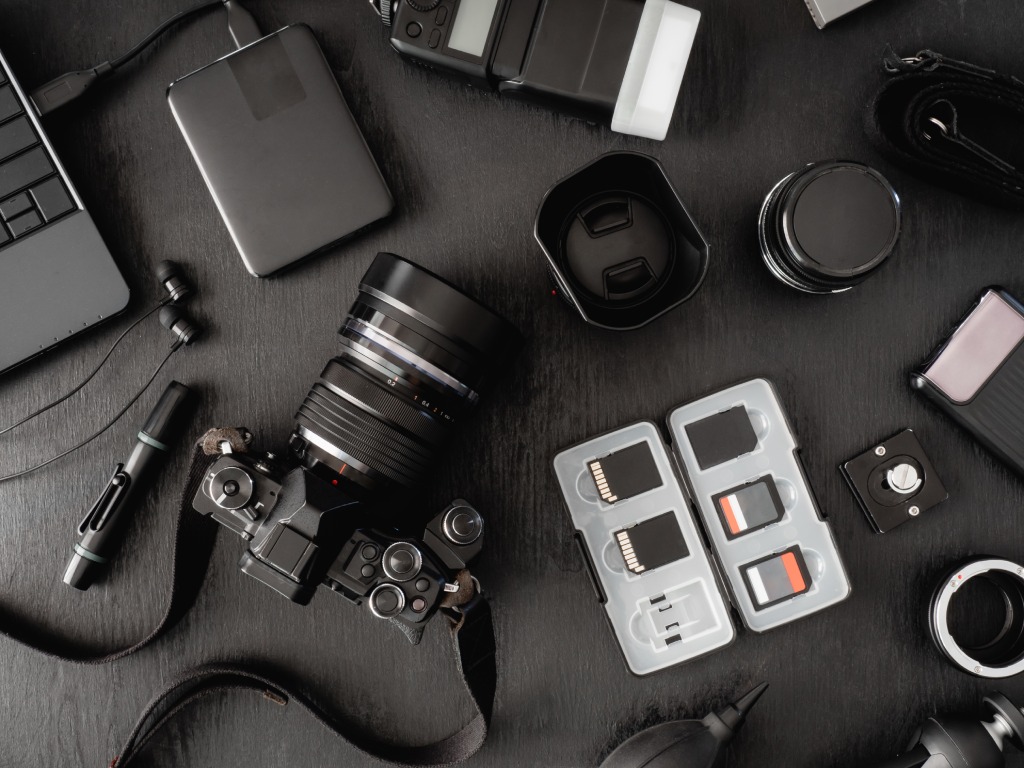
Full Frame also offers equipment coverage for annual policyholders at a small additional cost. Their equipment coverage is designed to insure camera gear that is used primarily for your business operations. This can include cameras, lenses, projectors, films, and any related equipment. One benefit of their equipment coverage is a low deductible of $250 no matter the option you select.
If you’re wondering how to determine whether you need insurance, be sure to ask yourself these questions before selecting the right option for you.
Equipment coverage could protect you if any of the following occur:
- Your gear is stolen in a break-in
- Your gear is damaged during a photoshoot
- Your gear is damaged during transit
So, for example, if you were to leave your camera bag with all of your expensive lenses in your car for a couple of days and then came back and saw that someone had busted a window to break in, you could file a claim to have your camera covered by your insurance.
If you were trying to get the best angle at a wedding photoshoot, dropped your camera as a result, and broke the lens, you could also file a claim to possibly have that cost covered as well.
Just check out these photographers who could have benefited from camera gear insurance.
Limits of Insurance
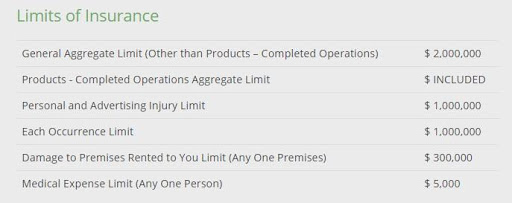
Their application lays out the offered annual policy limits of insurance clearly.
And as we said, each coverage is associated with a different risk. Don’t worry if you don’t understand every single word of your limits, even insurance agents seek to clarify terms sometimes. But to help you understand better, let’s look at what each coverage means and what it does.
General Aggregate Limit
Your general aggregate limit is the maximum amount your insurance will payout within a policy year for general liability claims. This includes property damage and bodily injury to a third party.
Products-Completed Operations Limit
According to IRMI, the International Risk Management Institute, a products-completed aggregate limit encompasses liability arising out of your products or business operations conducted away from your own premises once those operations have been completed or abandoned. This coverage is typically included in your general liability insurance coverage.
Personal and Advertising Injury Limit
The personal and advertising injury limit, which is tied in with your general liability coverage, insures against personal harm not due to bodily injury, protecting you against the following offenses in connection with the advertising of your goods or services: libel, slander, invasion of privacy, copyright infringement, and misappropriation of advertising ideas. Read more about it at IRMI.
Damage to Premises Rented to You Coverage
This coverage applies to damage by fire to premises rented to you and to damage regardless of the cause to the premises (including contents) occupied by the insured for 7 days or less.. If you’re curious about more details for this limit, refer to IRMI.
Medical Expense Coverage
Medical expense coverage is designed to pay medical expenses incurred by a third party for an injury sustained in an accident that arises from your business activities. It’s included in your general liability coverage and applies regardless of fault. This coverage would reimburse the injured person for their expenses without a lawsuit up to $5,000 per person.
What Does Photography Insurance Not Cover?
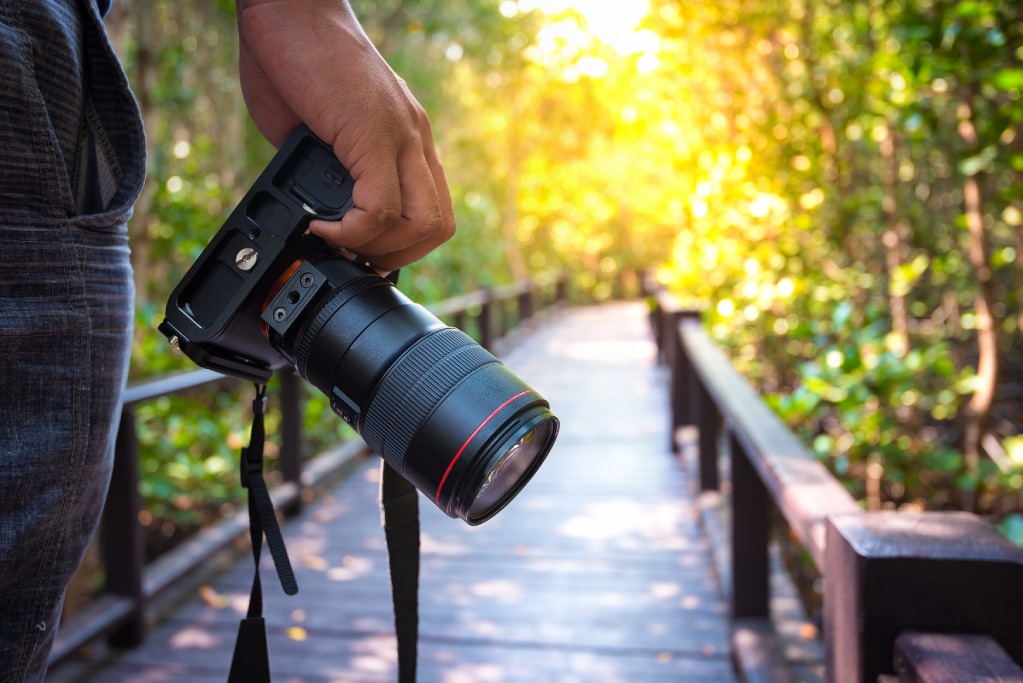
As mentioned, your photography insurance could protect you against general liability or property damage claims. The limits of your insurance are what would pay out for those claims if you were actually sued.
What photography insurance does not cover includes the following:
- Mysteriously disappeared camera gear, i.e., no evidence of theft
- Anyone, currently, or in the past, who has performed any work that would be deemed adult material
- Anyone, currently, or in the past, who has performed any work that would be considered paparazzi
- Any insured that has had any complaints, claims, or lawsuits in the past 5 years involving matters of privacy breach, identity theft, libel, or other personal or advertising issues
If you’re wondering if Full Frame can insure your area of photography, which they likely do, check out their qualifying categories before you fill out an application.
How Much Does Photography Insurance Cost?
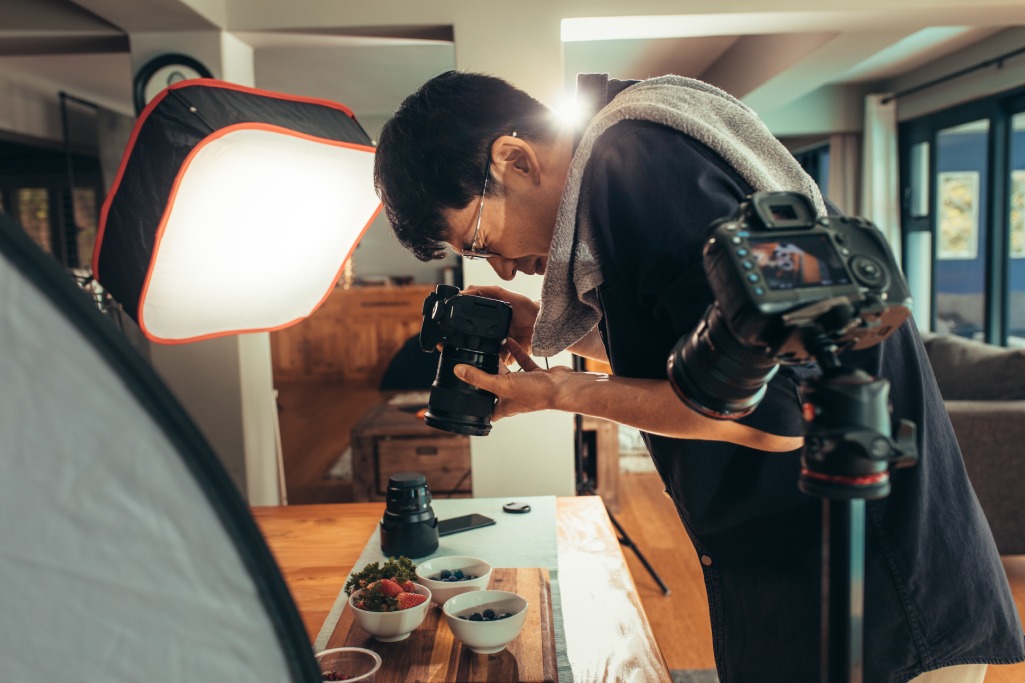
The cost of photography insurance can vary depending on the type of coverage an insurance company offers. It is important to evaluate not just the price, but the details of the offering too.
The great thing about Full Frame Insurance is that they offer two options for insurance policies. You can either purchase a policy for a full year or you can purchase an event policy that will cover you for any 1-3 day event.
Their event policy starts at just $59 while their annual policy starts at $99 with the option to add camera gear insurance or higher coverage limits. Their prices are affordable and highly competitive, giving you the best coverage at that price.
How Else Can Photography Insurance Help?
Aside from giving you the coverage you need, carrying photography insurance can help…
Fulfill Contractual Requirements
You’ll likely end up shooting in a studio or venue that requires you to show proof of insurance before you can begin the photography session. Look for a provider that makes it easy for you to include a venue as an additional insured on your policy.
With Full Frame’s annual policy, additional insureds cost you nothing and will help you meet the requirement.
Peg You As A Professional
By carrying photography insurance, you show your clients and future clients that you take your profession seriously and that you have the right safeguards in place in case something unfortunate occurs.
Full Frame offers all of our policyholders a digital badge they can post on their website which visitors can clearly see upon clicking on their site. Once you’ve purchased a policy, you’ll have access to a basic HTML code you can paste in yourself.
Wrap Up
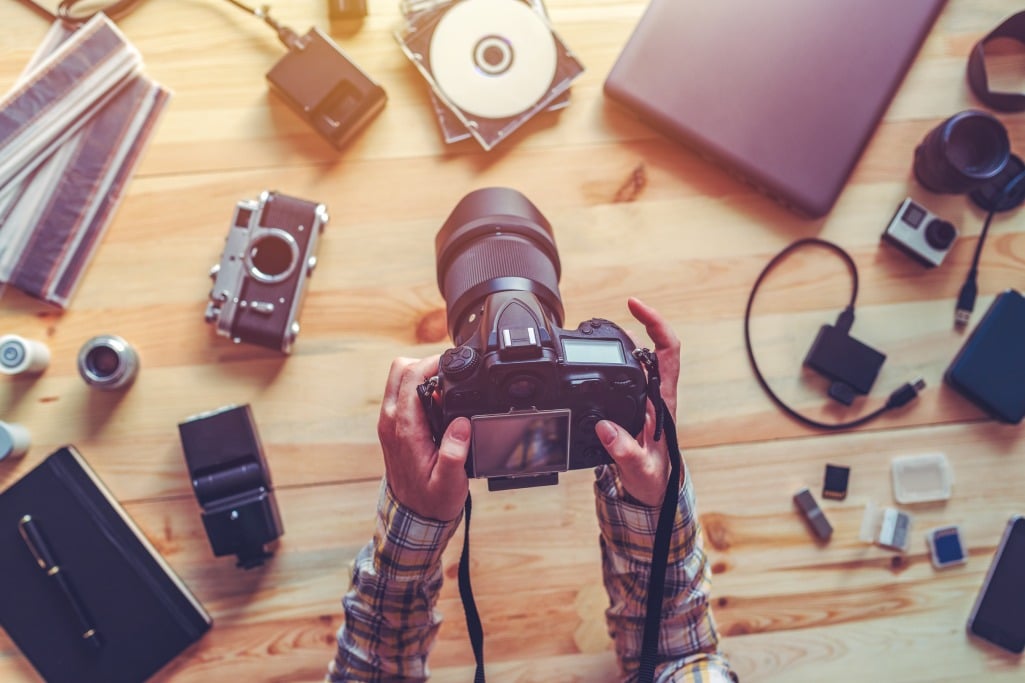
Oof.
That was a lot of information.
We hope you got it through okay!
Insurance is tough to navigate, but now that you have the right tools to understand what it means, you can confidently go about finding the right coverage for your business needs.
Full Frame Insurance offers photography insurance that is framed for your business and that may protect you in the case of a lawsuit. Our application is fully online, letting you choose when and where you purchase. Upon purchase, you have 24/7 access to your insurance documents, access to our online badge, and proof that you take your job seriously and are ready to take it to the next level.
Don’t leave your photography business vulnerable, and purchase your photography insurance today.
We Recommend
Photography Insurance Tips: What to Consider When Shopping for Coverage
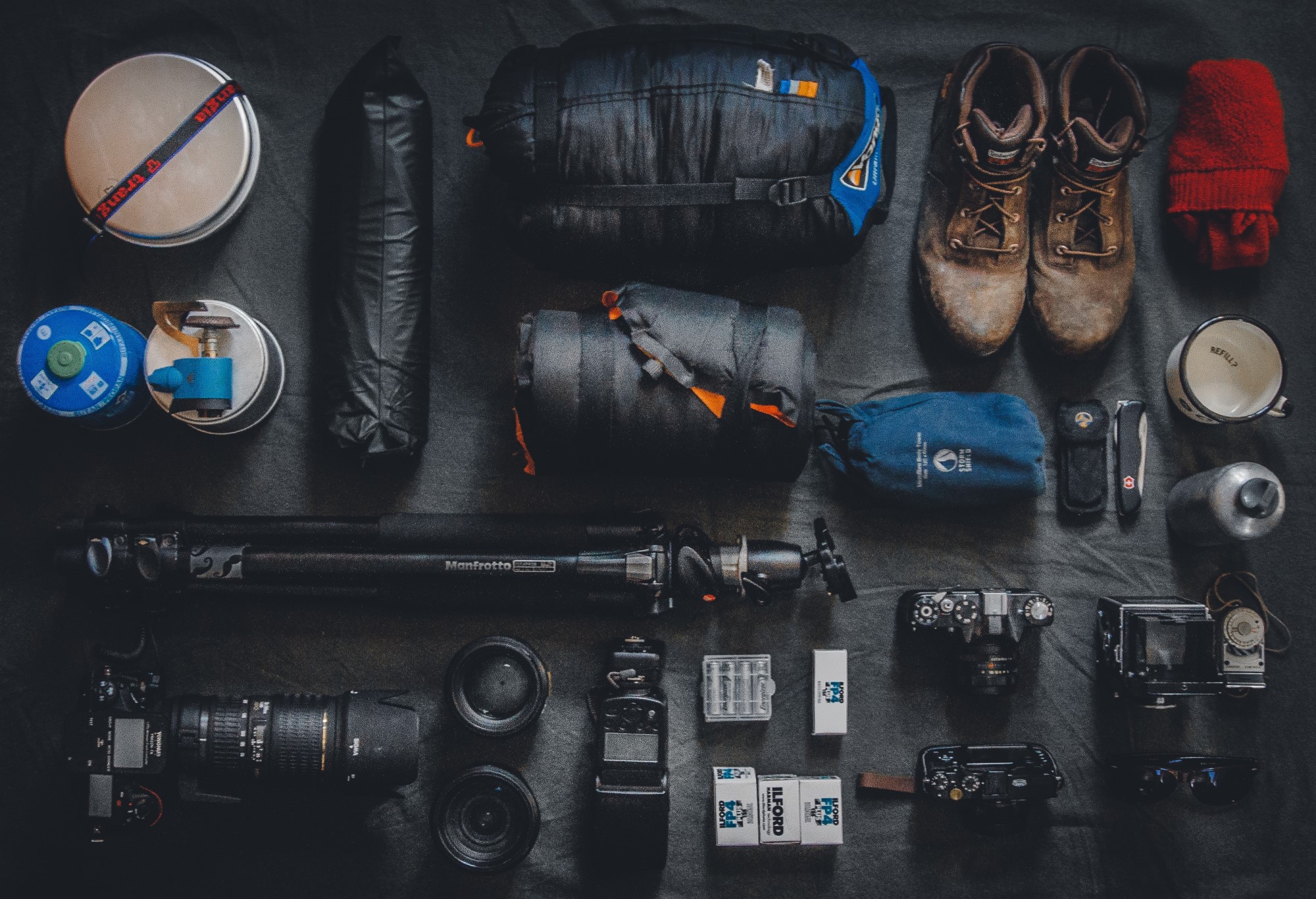
Photo by Alexander Andrews on Unsplash
I, like most, learned the hard way that I needed photography insurance. Then, I again learned the hard way, I probably should have read up on photography insurance tips when I finally did purchase photography insurance because my plan didn’t cover everything I needed it to.
While every insurance company is going to tell you they provide the best photography insurance, that doesn’t matter if they don’t provide the type of insurance you need.
If you’re shopping for photography insurance, be sure to check out the tips below before you commit to coverage.
Examine Your Business Before Meeting With Any Insurance Reps
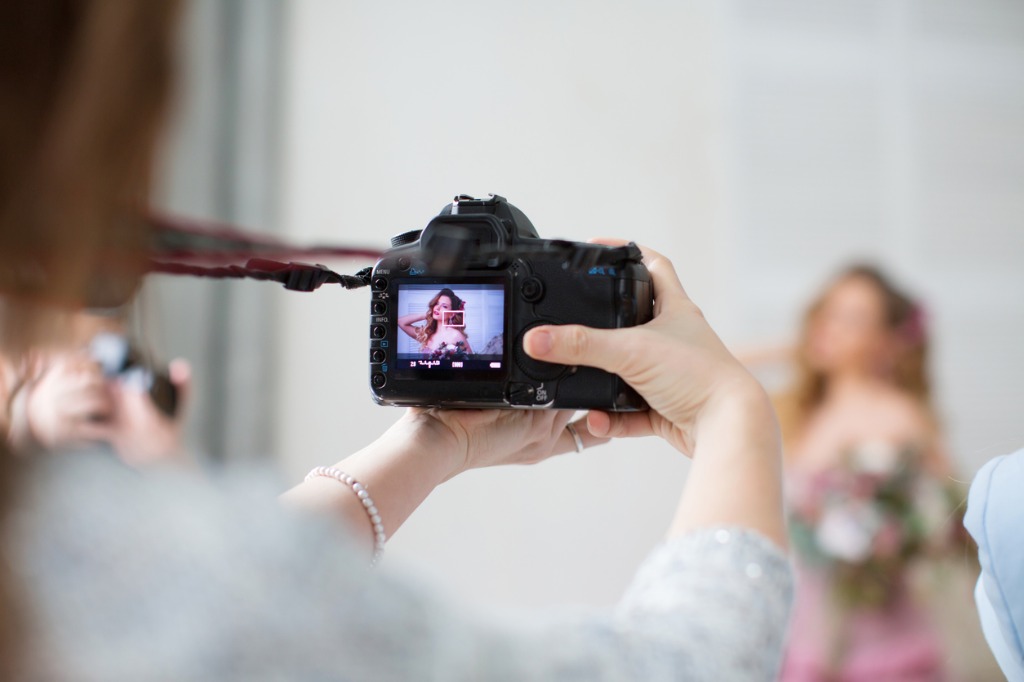
photo by PavelIvanov via iStock
Are you a boudoir photographer? How much liability insurance do you need for that? How about rented property insurance, if you’re hosting your models in a studio?
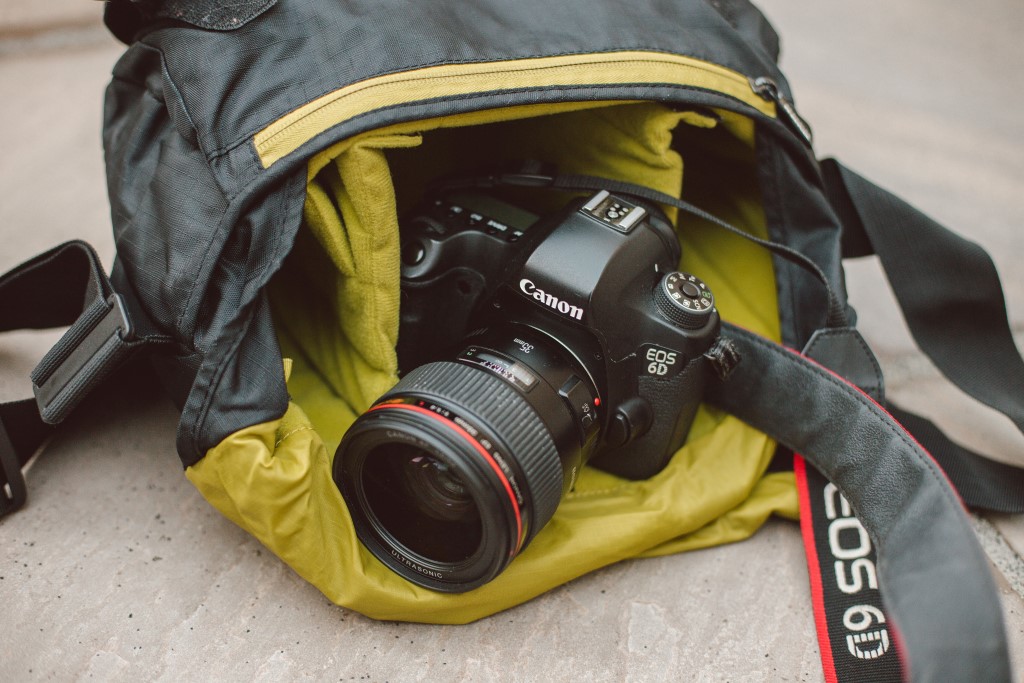
Photo by Smart on Unsplash
Are you a travel photographer? How likely is it that an airline may lose your equipment at some point in your career? How often are you hiking risky trails or visiting unsafe parts of the world? Could you need more medical insurance than the average photographer? Does your photography insurance cover that?
Since there are so many types of photography insurance, let alone so many companies that offer it, you need to begin your photography insurance search by examining your individual business.
Here are some types of photography insurance to consider:
- International coverage
- Medical insurance
- Rented property coverage
- Liability insurance
- Gear insurance
- Additional insured persons, for larger businesses
Know Your Budget

Photo by Carlos Muza on Unsplash
I get it, spreadsheets are no fun. But, out of all of these photography insurance tips, this one is perhaps the most crucial.
You need to examine your budget from two directions: how much can you afford to pay for your policy each month, and how much can you afford to replace all of your equipment.
You will definitely have a deductible when you inevitably need to use your photography insurance for the first time. How much of a deductible could you hypothetically afford and how much of a deductible would put you out of business?
You do not want such a high deductible that you can’t afford it anyways, because then what’s the point in having paid for insurance all these years?
Develop a budget and stick to it. Then, as you shop around, look for photography insurance companies that offer affordable coverages at your price point.
Shop Around and Attend “Informational Interviews”

Photo by Amy Hirschi on Unsplash
You need to ascertain as much information about photography insurance as you can before choosing the right photography insurance company for you. If a local company is offering informational interviews, then by all means, go visit and see what you can learn.
Another way to do this information is to conduct it at home online. You can read articles on the best photography insurance for your photography niche. You can also meet with other photographers in your area who run similar businesses to the one you own.
This is a good way to find out what types of photography insurance you should be focusing on, but it’s also a phenomenal way to find out what companies you shouldn’t go with. If another photographer in your area is unhappy with their insurance provider, they talk about it, loudly.
Keep all of Your Insurance Information Organized, With Copies

Photo by Andrew Neel on Unsplash
You need a list of every single piece of photography equipment you’ve ever purchased, with receipts, serial numbers, and photos when possible.
You then need to replicate that list and keep it in a variety of places. I keep mine in Google Drive, and shared it with my partner. I also keep a hard copy in my safe.
Doing all of this not-so-fun labor up front will save your bacon if something happens to your gear down the line.
Get Professional Guidance

photo by skynesher via iStock
Taking all these things into consideration, it’s important to select a photography insurance company that will work with you, help you to better understand the coverages you need, and do so with the utmost professionalism. For that, I recommend Full Frame Insurance.
I’ve worked with Full Frame for a while now, and to say that I’ve been impressed with their customer service is an understatement.
If you have a problem, a need, or question, the fine people at Full Frame are at your beck and call.
What’s more, they offer scalable policy options so you can customize the coverage you need at affordable prices.
Here’s an example: camera equipment coverage of $1,000 per item and $5,000 aggregate is just $55 when it’s added to a general liability policy.
Speaking of general liability policies, those are affordable as well.

On the one hand, you can get short-term liability insurance if you only have periodic photo shoots. Then, as you get more and more business, you can invest in an annual plan to cover you throughout the year.
In either case, you’ll find that these plans are affordable - starting at $59 for the short-term policy and $99 for the annual policy.
For that price, you get all sorts of protections against claims, like bodily injury and damage to property.
Perhaps best of all, Full Frame has a no quote process and you can buy your policy online 24/7. For me, that makes Full Frame Insurance the best of all worlds - excellent customer service, affordability, and ease of use.
When shopping for coverage, you simply cannot beat what Full Frame Insurance has to offer!
Learn More:
- Navigating the World of Photography Insurance with Full Frame
- What You Need to Get Started in Wedding Photography
We Recommend
What Responsibilities Do Photography Business Owners Have?
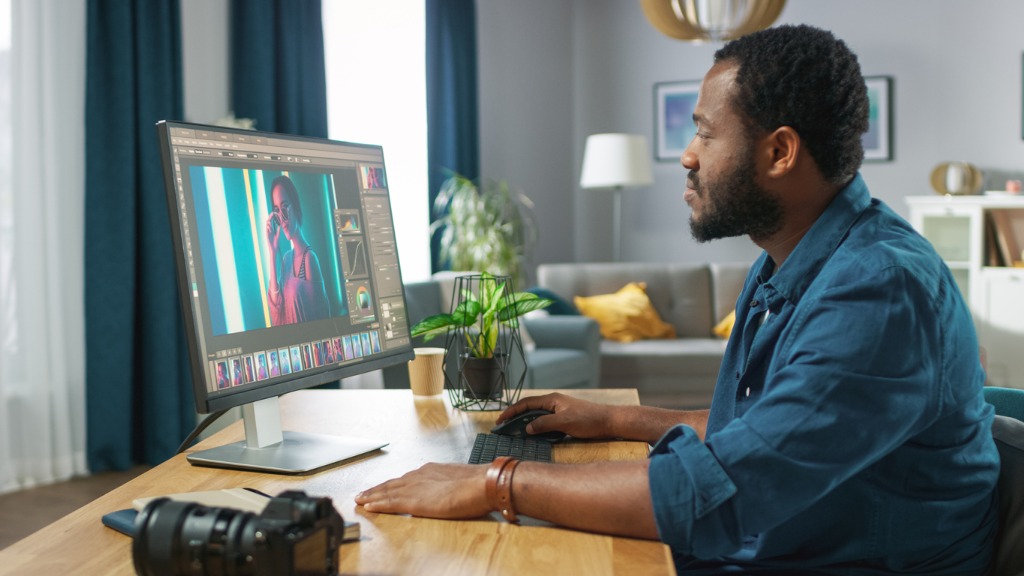
photo bygorodenkoff via iStock
They say “With great power comes great responsibility,” and being a photographer really is a great power. You have the power to capture life’s greatest moments and present them to clients who will hang on to them for the rest of their lives. A photo really is worth a thousand words and is there any better way to express that?
With the power to take professional photographs for your beloved clients, you take on a few key responsibilities. Are you carrying the right gear? Have you thought through your marketing? What about the proper photography insurance? Do you have it?
These are questions even the most seasoned photographers ask themselves while conducting business. And, for beginners, these are the questions you’ll want to get answers for before starting your photography business.
So, today we’re going to go over a few responsibilities that every photographer takes on while in business. We’ll also discuss one of the most important tools a photographer can carry: photography business insurance.
Ready to go over the top responsibilities of a photography business owner? Cause we are.
Responsibility #1: Carrying the Right Gear
Before you can even begin booking photography sessions, you are responsible for ensuring you carry the right gear for your events.
This will, of course, differ for photographers in different industries. If you’re primarily in a studio shooting portraits then you’ll be working with more stationary equipment as opposed to a wedding photographer who needs access to as much portable gear as possible.
You’ll need to be sure you’re carrying the right camera bodies and lenses if you plan to switch between various cameras while doing your thing. If you’re in the market for a new DSLR, or if you’re a beginner looking to buy your very first one, check out these guides for deciding on the best camera for you and the best lens for your work.
Responsibility #2: Marketing Yourself

photo by powerofforevervia iStock
The only way people will know who you are is by getting your name out in the world. Whether you do this through social media channels or by word of mouth through your family and friends, here are some helpful tips for making the most out of marketing yourself.
- Have a Website
- You’ll need somewhere to display your portfolio and give people a chance to see what you can do. Choose a website platform that gives you the option to customize things at your own will.
- Create New Social Media Profiles
- Unless you’re okay with using your personal profiles as your business profiles, you’ll want to create new social media profiles on the platforms you’d like to use to market your business.
- This will most likely include creating business profiles on Instagram and Facebook using their business profile settings.
- Attend Networking Events
- We know there is no right answer as to exactly where to network but we suggest you start with some basics like local artist hangouts, your city's chamber of commerce, and any local small business owner group meetings. If these don't bring results you could refine your efforts to more specific groups depending on your expertise like hiking groups (landscape photography), wedding planning groups (wedding), etc. There many options out there and you need to just jump in to get started!
Responsibility #3: Using Customer-Oriented Tools
When we say customer-oriented tools, we really mean you’re responsible for ensuring your customers have access to what they need upon utilizing your services.
This means…
- Having a website that allows easy booking or an easy-to-access contact form where potential clients can inquire about your services and your price range.
- Using a payment platform that is easy for clients to use; maybe you want to take card payments using Square or you want to be completely digital and only accept payments via PayPal and Zelle. Whatever you choose, make sure it works well on both ends.
Responsibility #4: Insuring Yourself
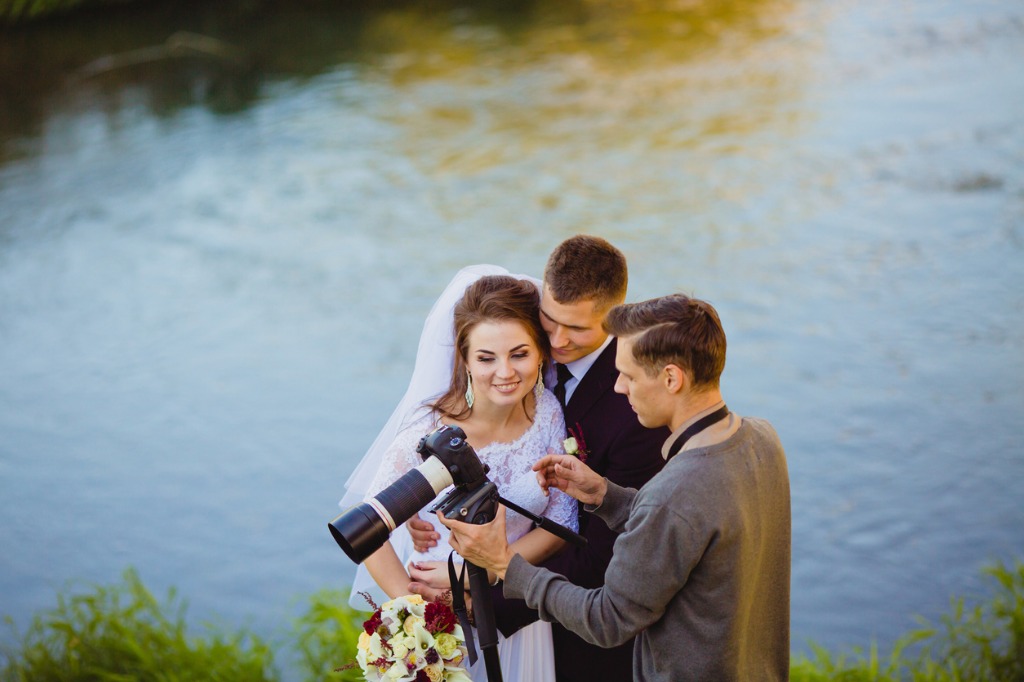
photo bymeatbull via iStock
With the great power of being a photographer and fulfilling your clients’ needs comes your own need and responsibility to insure your business. Full Frame Insurance offers robust photography business insurance that gives you the coverage you need to protect your business against third-party claims arising out of your business operations.
This means that if someone were injured while you were conducting a photo shoot, i.e., someone tripping and spraining a wrist or ankle as a result of your posing advice or someone slipping in your studio causing them to concuss their head on the floor, you could be protected against a resulting lawsuit.
With Full Frame Insurance, you have the option of purchasing either an annual insurance policy or an event insurance policy. Assuming you are moving away from being a hobbyist to being a full-time photography business owner, you’ll definitely want to look into an annual insurance policy.
By purchasing insurance from Full Frame, you get…
- A No Quote Process
- 24/7 Access to Policy Documents
- Printable Proof of Coverage
- Robust, Quality Coverage Scaled to Your Business
- Instant Coverage
- No Deductible on Liability Claims
- Option to Add Camera Equipment Insurance
- And More!
Tackle the responsibilities of being a professional photographer by purchasing photography business insurance and putting the proper safeguards in place. You are in the process of making your dreams a reality and you need to make sure things are properly protected. Learn more about photography business insurance today!
We Recommend
What You Need to Do to Get Started in Wedding Photography
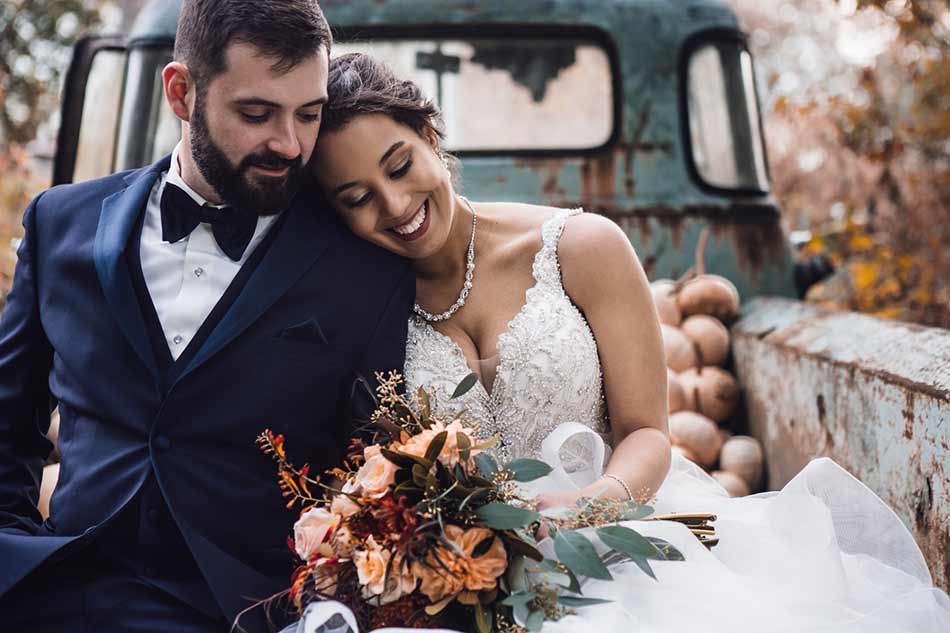
Photo by Todd Ruth on Unsplash
Starting a wedding photography business is no small task, that’s for sure.
However, there are some basic steps you can take that will help you build a solid foundation upon which a successful wedding photography business can grow.
Below, I’ve outlined some of the initial steps you need to take to get started. Though this isn’t a comprehensive list of everything you need to accomplish, the items listed here are certainly critical to get started in wedding photography.
Table of Contents
- Step 1: Get Educated
- Step 2: Make It Legal
- Step 3: Get Geared Up
- Step 4: Get Insured
- Step 5: Start Marketing and Never Stop
Step 1: Get Educated
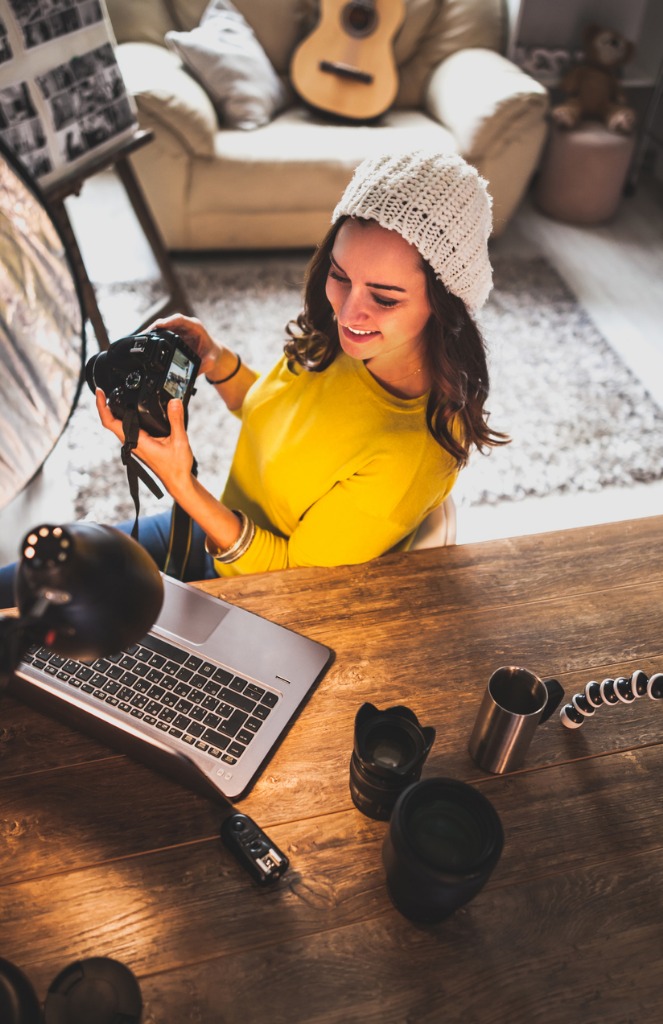
photo byzeljkosantrac via iStock
First and foremost, you need to learn the art of wedding photography.
This doesn’t necessarily mean that you need a formal education in photography from the local university, though that’s certainly an option.
Many wedding photographers learn on their own, reading articles like this, watching YouTube videos, and developing the necessary technical and artistic skills to be successful behind the lens.
Getting experience in which you can put your learning to the test is crucial as well.
And since not many people are willing to hire a wedding photographer with zero experience, you’ll need to find other avenues of breaking into the wedding photography scene.
A perfect solution for this is to work as a second shooter.
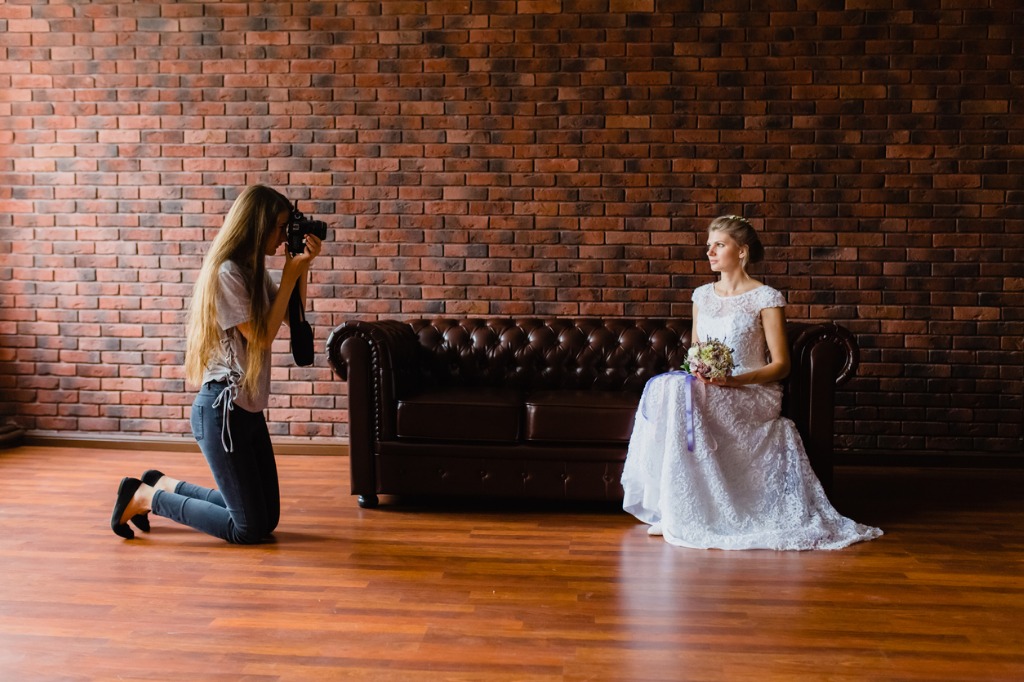
photo by meatbull via iStock
Second shooters are tasked with helping the primary photographer capture the day’s events. Second shooters are seldom asked to be responsible for the “big” shots, like the portraits of the wedding party or capturing the moment the couple says “I do.” Instead, second shooters typically roam the venue, taking candid photos of the wedding party and other guests.
The best part of being a second shooter is that you get to see a seasoned wedding photographer in action. You can learn the ropes and pick their brain for advice, all the while gaining valuable on-the-job experience.
Quick Tip: Another option for getting wedding photography experience is to offer to take photos of a friend or family member’s engagement or wedding. Even if it’s just in an informal capacity, every little bit helps. What’s more, it’s another avenue by which you can develop your portfolio of images that you can then use to show off your skills to future clients.
Step 2: Make It Legal

photo by skynesher via iStock
Once you start to gain some traction with your photography skills, you need to register your business and get the necessary permits and licenses.
This process is different from one state to the next, and from one city to the next as well. For example, in some cities, a business permit is required if you work inside the city limits. In other cities, no such permit is required.
You’ll need to do some investigating with regard to what the state and local regulations are for photographers, but you can expect in most locations to need a business permit and a tax license at the very least. Learn more about this process in our comprehensive guide on how to start a photography business.

photo by marchmeena29 via iStock
Another component of making your business legal is coming up with a business name.
There are different schools of thought on a business name. On the one hand, many photographers use their names as the business name. This often makes things simple since it’s much easier to associate you with your business.
On the other hand, some photographers choose to name their business instead. This is advantageous if you have designs on expanding your services or perhaps employing other photographers.
Whatever the case, the most important part of naming your wedding photography business is ensuring that the name is short and easy to remember. For example, if you have a rather long name or one that’s hard to spell like Frances Saltalamacchia, you might consider shortening it somehow - “Photos by Frances,” for example.
Quick Tip: Avoid strange spellings that might confuse clients and make it more difficult to remember you or find your business. “Fun Photoz” might seem like a whimsical and unique name, but misspellings (even purposeful ones) don’t age well! Learn more about building your photography brand.
Step 3: Get Geared Up
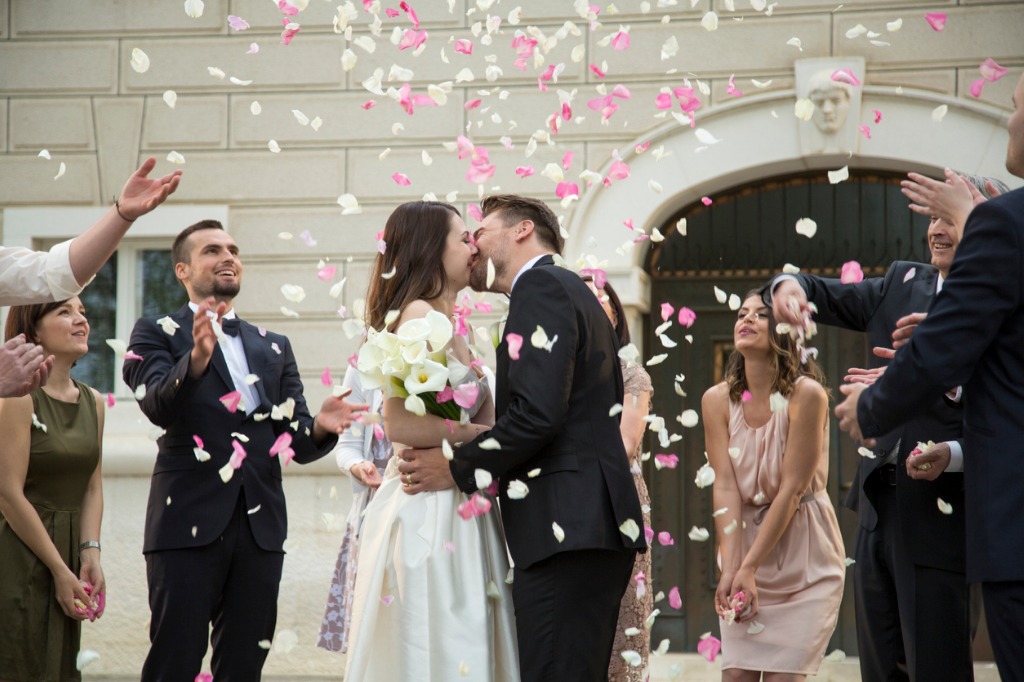
photo by simonkr via iStock
When you’re just starting out, there’s no need to go out and buy thousands of dollars worth of photography gear.
After all, it’s not the camera or the lens that makes the photo great - it’s what you do with the camera and the lens that makes the photo great!
Save money where you can by using your existing camera. If anything, put your money towards better lenses, because good glass will aid you in making better photos more than a new camera will.
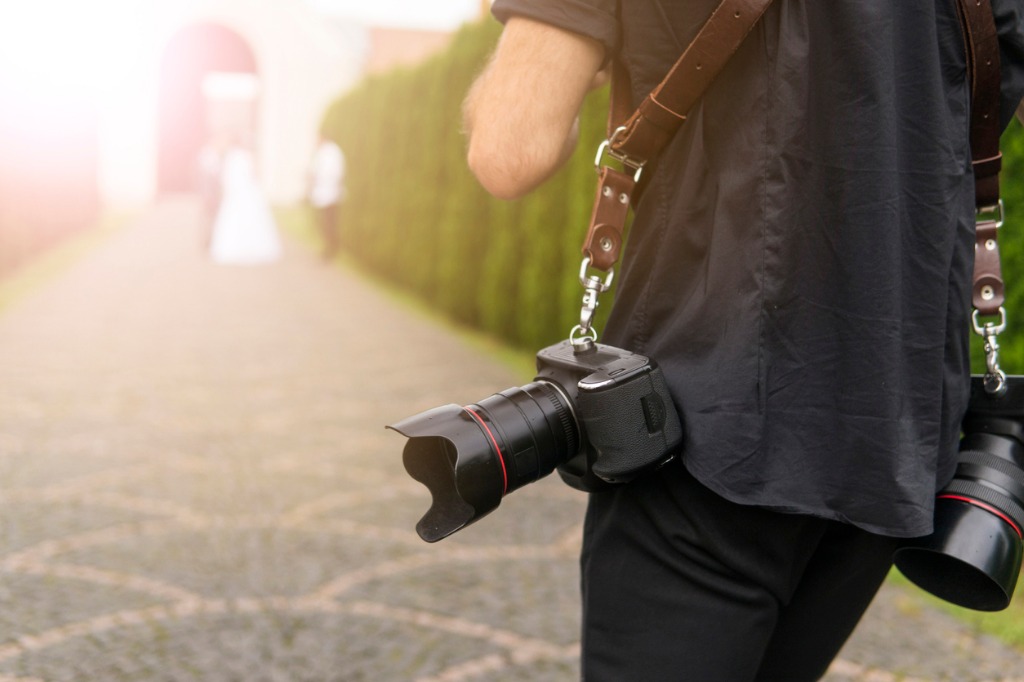
photo by Volodymyr Shtun via iStock
When looking at lenses, there are some top choices for wedding photographers. A good prime lens for portraits is a must, like an 85mm f/1.4.
You’ll also want a good zoom lens for making quick adjustments to the angle of view. Many wedding photographers swear by their 24-70mm f/2.8 lenses for that purpose.
Other items that you should have in your camera bag include:
- A backup camera body (just in case your primary goes kaput)
- A telephoto lens (i.e., a 70-200mm for capturing up-close action from a distance)
- Several speedlites for illuminating dark venues and flash diffusers to soften the light from your flashes
- A solid tripod and light stands
Again, this isn’t a complete list of absolutely everything you might need, but these are certainly essentials.
Quick Tip: Since weddings are an all-day affair, you’ll want a camera bag that’s comfortable to carry around, and perhaps even a camera harness so you can carry your gear on your body and having quick access to it. Also invest in comfortable shoes, as you’ll be on your feet for hours and hours at a time!

Another gear consideration you need to make is the kind of backup you'll use to protect your images.
For me, Synology is the cream of the crop when it comes to backup systems for photographers.
Not only are their products well-built and reliable, but they're also incredibly easy to use. What's not to like about that?!

I've been rocking the Synology DiskStation DS1019+ on the top of my desk for quite a while now, and to say that I have ultimate peace of mind that my images and other files are safe is a huge understatement.
Not only did I get it set up in a manner of minutes, but the DS1019+ has given me reliable and dependable service from the moment I first fired it up.
What you'll appreciate about this unit is that it is easy to use, even if you're not the most technologically advanced person out there.
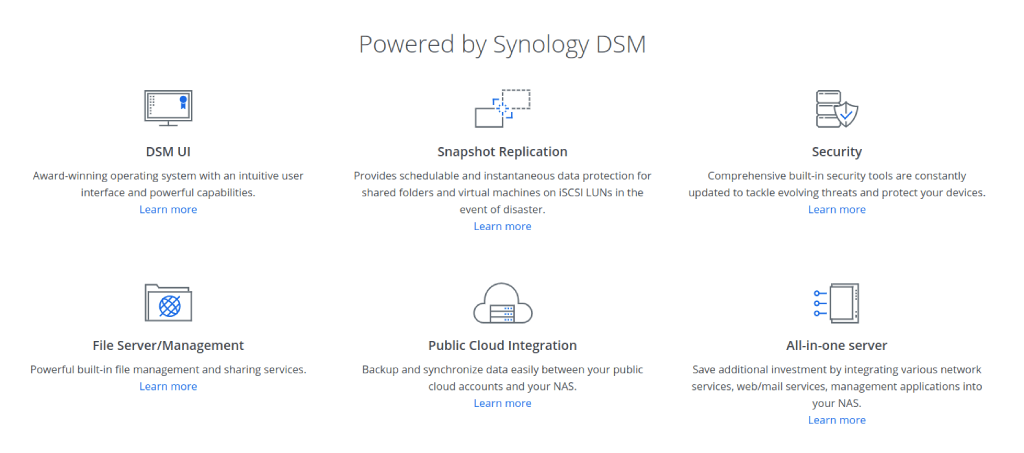
Synology's DSM operating system is highly intuitive, so even if you're new to network attached storage devices, you'll find that you can navigate through the operating system with ease.
Likewise, installing the hard drives is a quick and simple task - just add 2.5 or 3.5-inch drives to the hot-swappable bays and you're ready to rock.
In the case of the 2.5-inch drives, you simply attach it to the sled using four bottom-mounted screws. If you use 3.5-inch drives, you don't need any tools at all - just insert the drive and the built-in tension brackets will hold the drives in place.

With the combination of an Intel Celeron 1.5GHz processor (with burst speed up to 2.3GHz) and 8GB of RAM, the DS1019+ delivers read/write speeds of up to 225MB per second.
When you have tons of photos or videos to transfer, you'll certainly appreciate that kind of speed!
You'll also appreciate the fact that this unit is so small - just a few inches across and deep, so it can easily fit on top of your desk.
You can check out all the specs and details on this rig in my Synology DiskStation DS1019+ review.
Something else you might not think of that's required "gear" is a solid hosting service.
Take it from me - if you have a website and you have terrible hosting, making a buck is going to prove difficult.
I searched for years to find a web host that actually delivered on their promises, and after working with some really terrible hosts, I finally found my saving grace - OVH.
Since switching to OVH, PhotographyTalk has actually had the 99.99 percent uptime that OVH said we'd have. That's worth its weight in gold!
Beyond that, OVH has impressed me with their excellent customer service.
While some large companies make you talk to automated bots or wait on hold forever to talk to a real, live person, OVH delivers top-quality customer service that makes you feel like they care about you and your business.
Their customer service representatives are attentive and knowledgeable, and if they can't immediately answer your question or solve your problem, they find someone that can.
Of course, I've had precious few reasons to call OVH customer service over the years, so you might not ever need to make use of it. But, still, it's nice to know that they have superb customer service backing up their excellent hosting!
Step 4: Get Insured
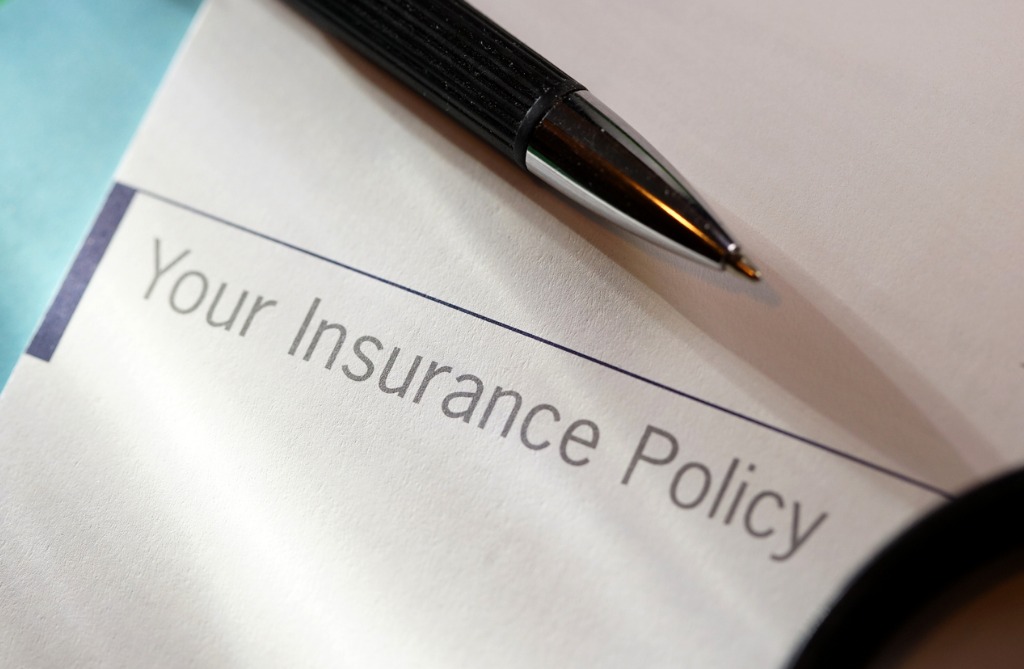
photo by Kameleon007 via iStock
The next step to becoming a wedding photographer is to protect your investment.
A camera equipment insurance policy is a must. The last thing you need is to be unable to work because of a damaged camera and having no means to replace your gear.
Fortunately, you don’t have to pay an arm and a leg for equipment insurance. Companies like Full Frame Insurance have scalable policy options that can be customized to fit your specific needs.
For example, if you’re just starting out, a budget option with $1,000 per item and $5,000 aggregate coverage might be your best bet. That coverage is just $55 when added to a general liability policy.
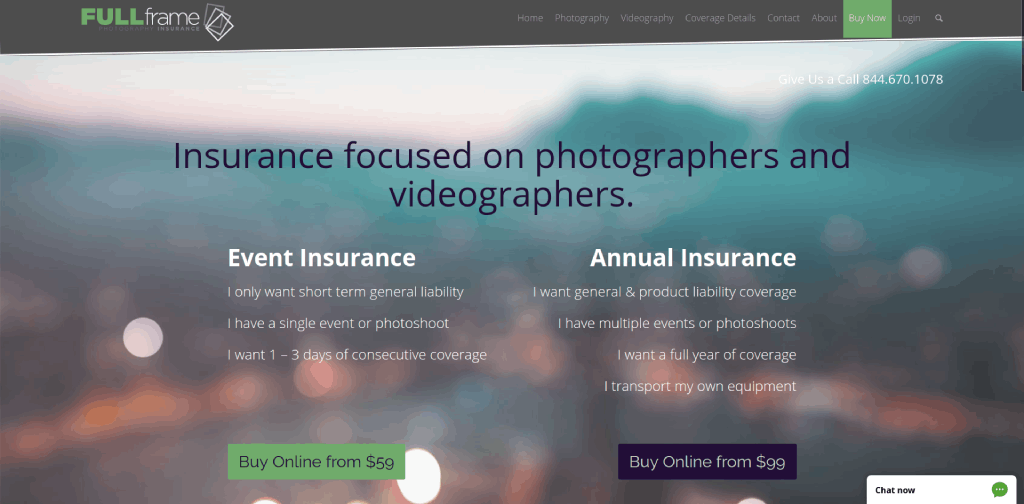
But there are other options too — up to $15,000 per item and $75,000 aggregate for $349 in their annual insurance policy.
Whatever option you choose, the peace of mind knowing that your gear is covered in the event that it’s damaged or stolen is certainly worth the annual expense of the policy.
Of course, it’s not just your photography gear that needs to be covered with insurance.
Instead, to get started in wedding photography, you must have a general liability policy.
When you’re just starting out, short-term insurance might be the way to go, it’ll assure you you’re covered for gigs that might be few and far between. Once you get your feet under you, an annual policy can be advantageous as it protects you from exposures as you move from one wedding to the next and one location to the other.
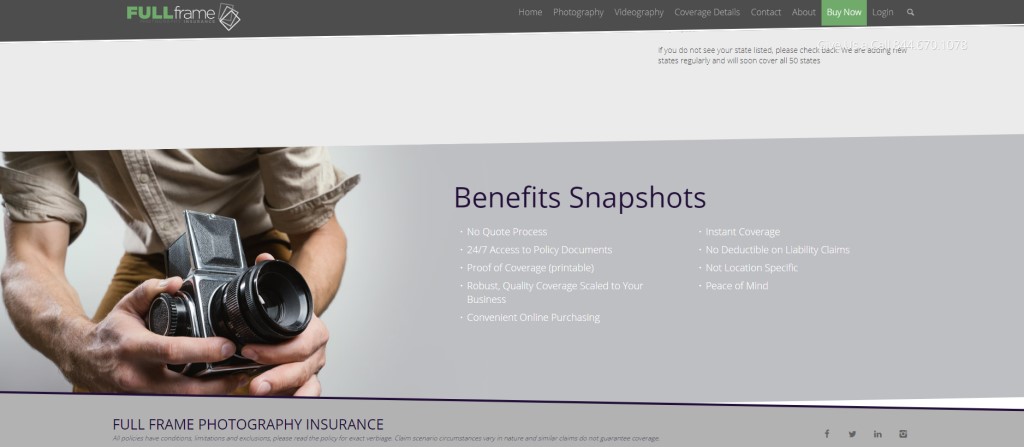
Again, Full Frame Insurance offers all these great coverage options.
You get protection against third-party claims that range from property damage to bodily injury.
What’s more, there’s no quote process and you can purchase your policy online. You get 24/7 access to policy documents and there is no deductible on liability claims, either.
In other words, since you have enough to worry about as it is, Full Frame Insurance makes it as easy and as affordable as possible to get the all-important coverages you need to operate your business. They even offer wedding photographer insurance!
Quick Tip: Having a reliable insurance company on your side isn’t the only type of professional relationship you need to build. Work with an attorney to draft up business documents and hire an experienced accountant to handle your books. Though these expenditures might seem expensive, they are worth their weight in gold in the time it will save you and the peace of mind you’ll have knowing those tasks are being handled by the pros.
Step 5: Start Marketing and Never Stop

photo by zeljkosantrac via iStock
To get started in wedding photography, you obviously need to have the skills and talent to take great photos.
However, you can be the most talented wedding photographer in the world, but if people don’t know about you, your business won’t last long.
In addition to having a killer portfolio that highlights your best work and a website that’s easy to find and navigate, you need to spend time each day reaching out to potential clients.

photo by marchmeena29 via iStock
Social media is clearly an excellent avenue for doing this. Whether it’s making YouTube videos to demonstrate your expertise, creating targeted Facebook ads to promote your services in your area, or simply engaging with people on Twitter or Instagram, the more you put yourself out there, the more likely people will be to call you to inquire about working for them.
Your engagement with potential clients can’t end with social media, though.
Word of mouth marketing is essential for building your business, so take time to invest in fostering relationships that can lead to additional work.

photo by stanciuc via iStock
For example, when your work for a client is done, offer them a small gift (i.e., a $10 gift card) for referring a friend to you. Likewise, chat with other professionals in the industry (like the local bakery and a flower store) and see if you can work out an arrangement for throwing business one another’s way.
Though marketing might not come to you naturally, it’s a skill that must be developed, and your approach must be multi-modal.
It might sound scary to tackle all of these tasks as you build your business, but as noted earlier, these photography business tips will put you on the path to success!





















